Perched high above the beautiful valley of Srinagar, the Shankaracharya Temple is not just a religious site but also a living symbol of Kashmir’s rich spiritual and cultural heritage. Sitting proudly on Shankaracharya Hill, also known as Takht-e-Suleiman or Gopadri, the temple rises about 1,000 feet (300 meters) above the picturesque Dal Lake. Dedicated to Lord Shiva in his form as Jyeshteshwara, this temple offers peace, history, and sweeping panoramic views of the Kashmir Valley.
For travelers planning broader itineraries, the shrine fits naturally into many routes covered in Kashmir Tour Packages. Its combination of spirituality, history, architecture, and stunning natural beauty makes it a highlight in most journeys through the valley.
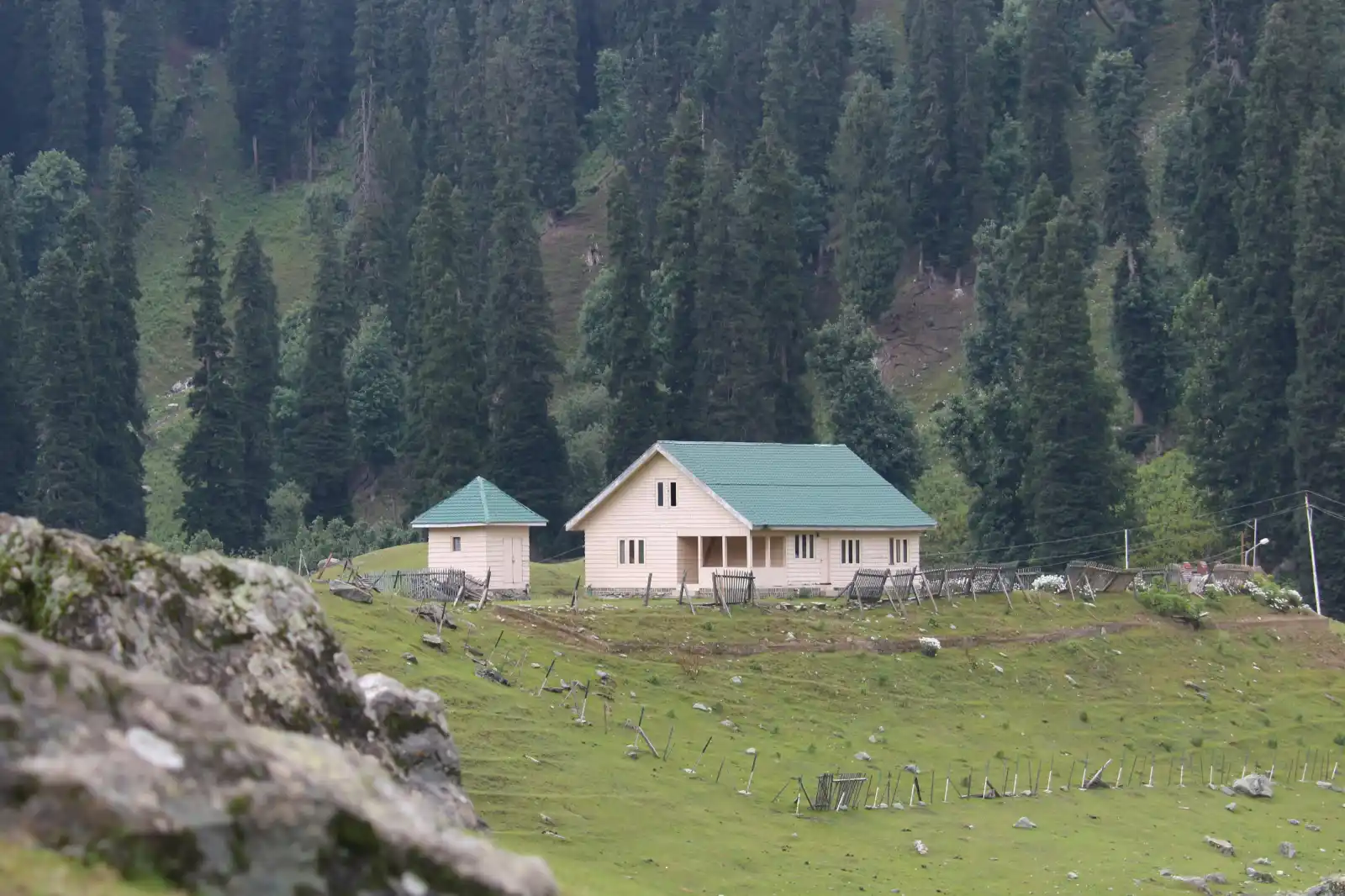
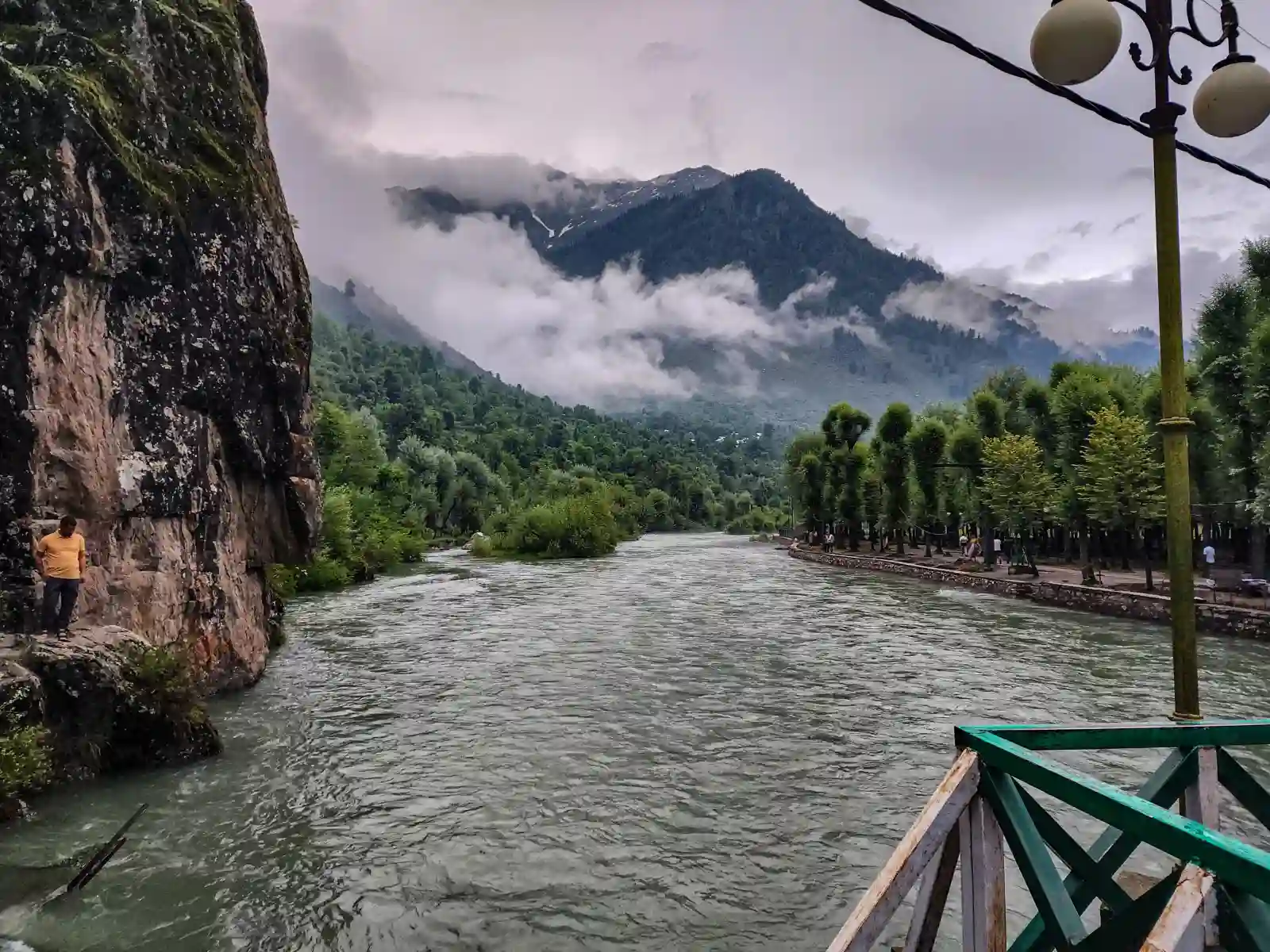
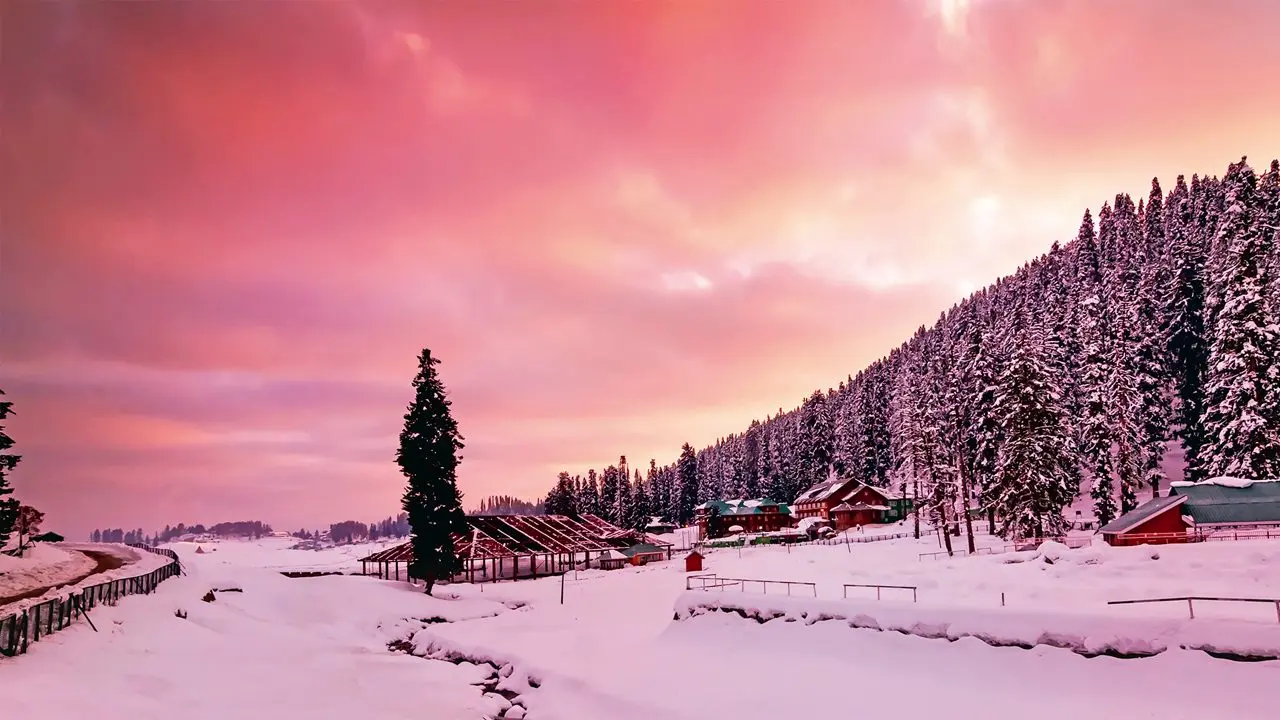
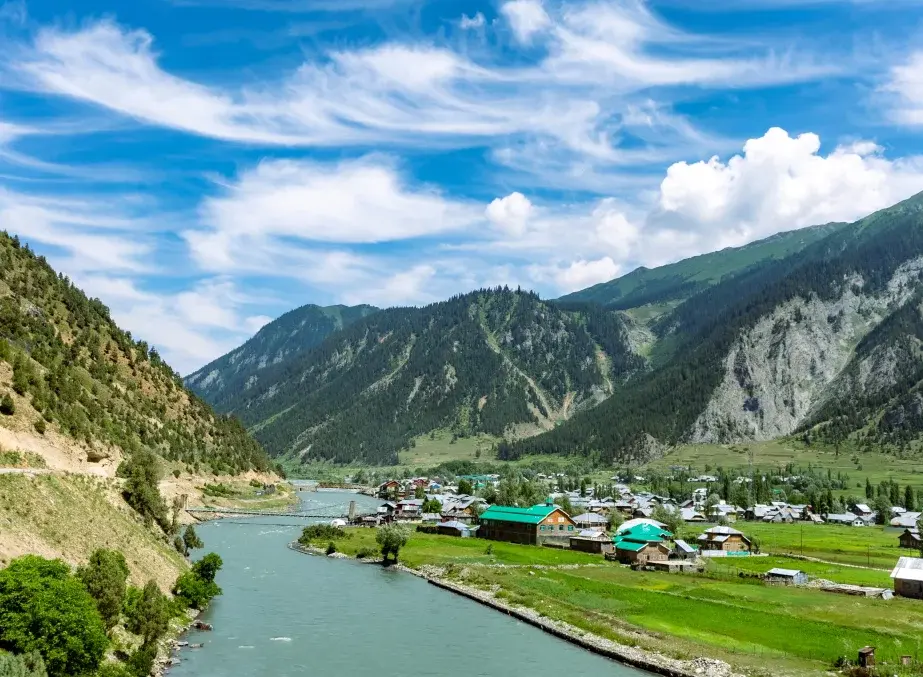
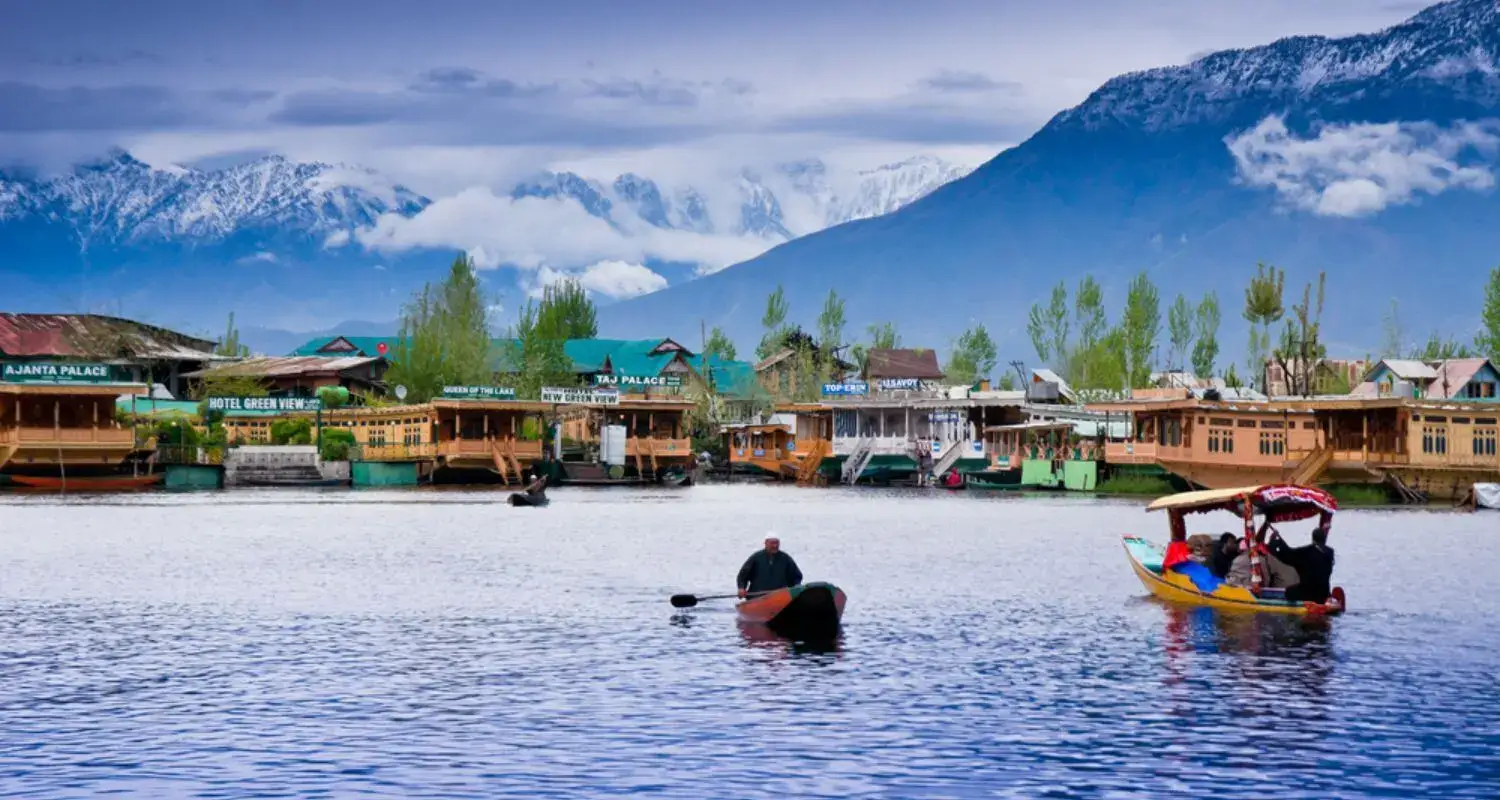
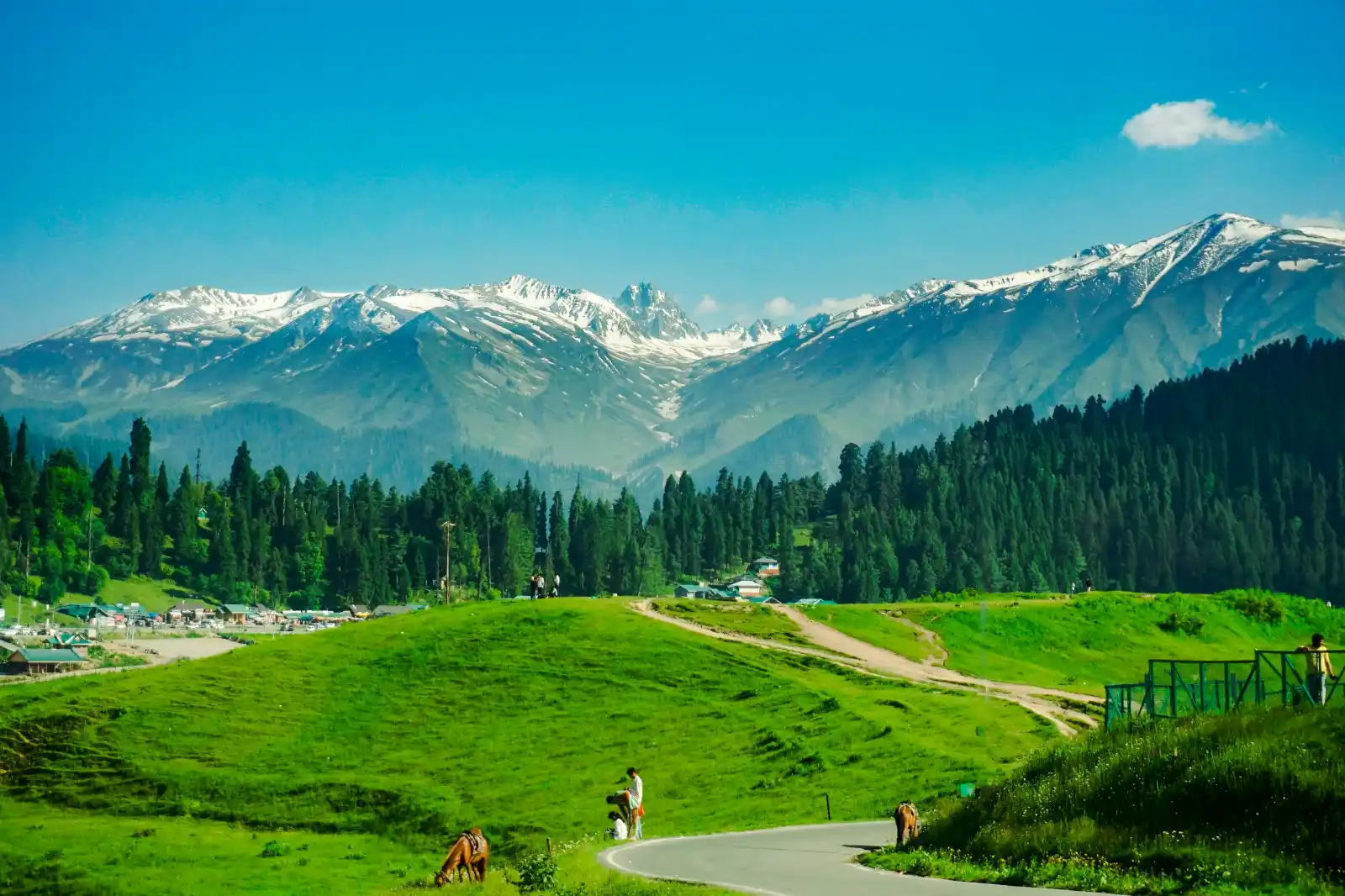
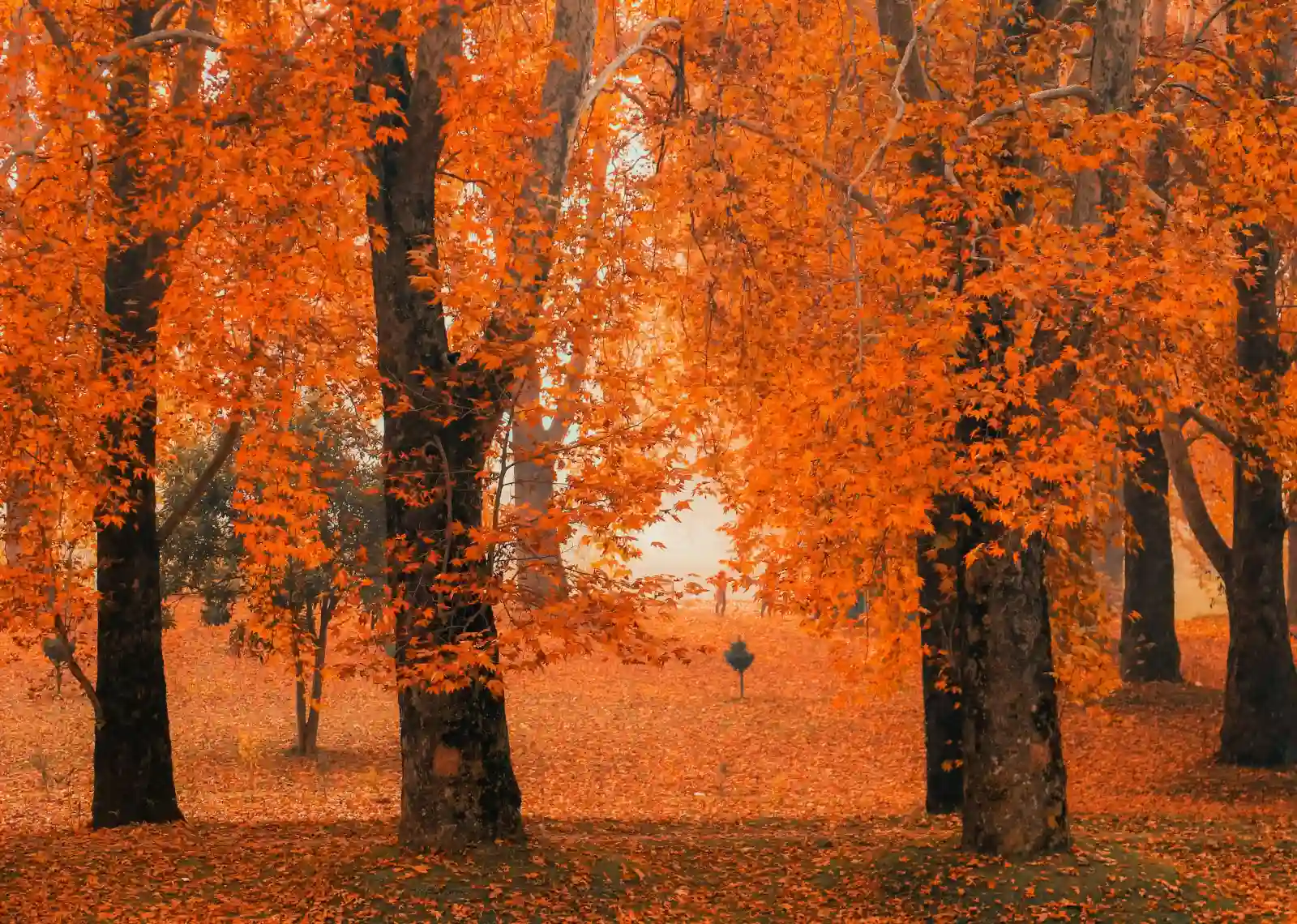
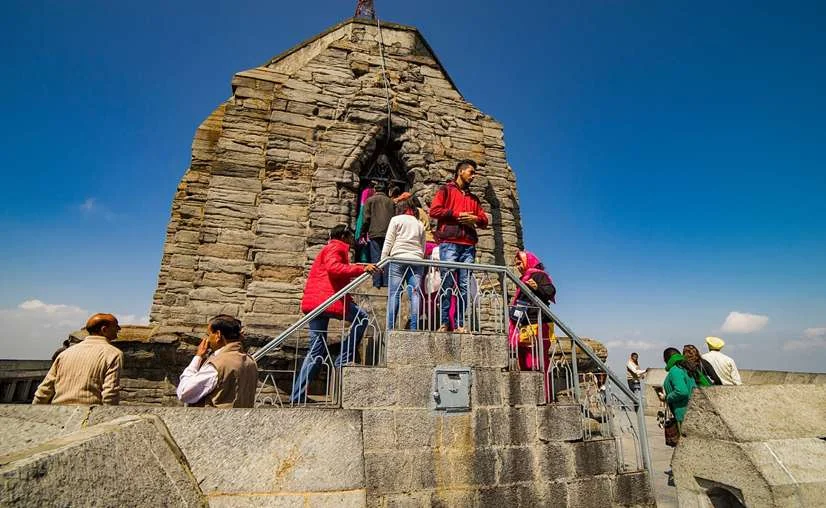
The history of the Shankaracharya Temple is woven into the story of Kashmir itself. Ancient texts, royal patronage, and living traditions come together on this serene hilltop, lending the shrine a timeless aura that has attracted pilgrims, scholars, and travelers for centuries.
The temple is widely believed to have been built during the reign of King Gopaditya around 371 BCE. Kalhana, the eminent Kashmiri historian, mentions it in his chronicle Rajatarangini, referring to the shrine of Jyesteshwara devoted to Lord Shiva. Over time, the sanctity of the site grew as sages, devotees, and rulers preserved and celebrated it.
Local traditions connect the shrine to Jaluka, the son of Emperor Ashoka, setting its antiquity even earlier—around 200 BCE. Whether through inscription, oral tradition, or regional memory, these associations underscore how deeply the temple is embedded in Kashmir’s civilizational landscape.
In the 8th century, the philosopher-saint Adi Shankaracharya is said to have meditated here while spreading Advaita Vedanta. From that time, the hill and the shrine came to be popularly known by his name. The spiritual legacy of his teachings continues to draw seekers who come to reflect and offer prayers in the tranquil ambiance.
Across the centuries, the temple has been cared for and restored by many rulers and administrators. Figures such as Lalitaditya, Zain-ul-Abidin, and Sheikh Ghulam Mohi-ud-Din are linked with repairs and enhancements. During Dogra rule, Maharaja Gulab Singh oversaw the construction of the stone steps that guide visitors to the sanctum. In the 20th century, the temple was electrified (1925), and an image of Adi Shankaracharya was installed (1961), ensuring both reverence and access for modern pilgrims.
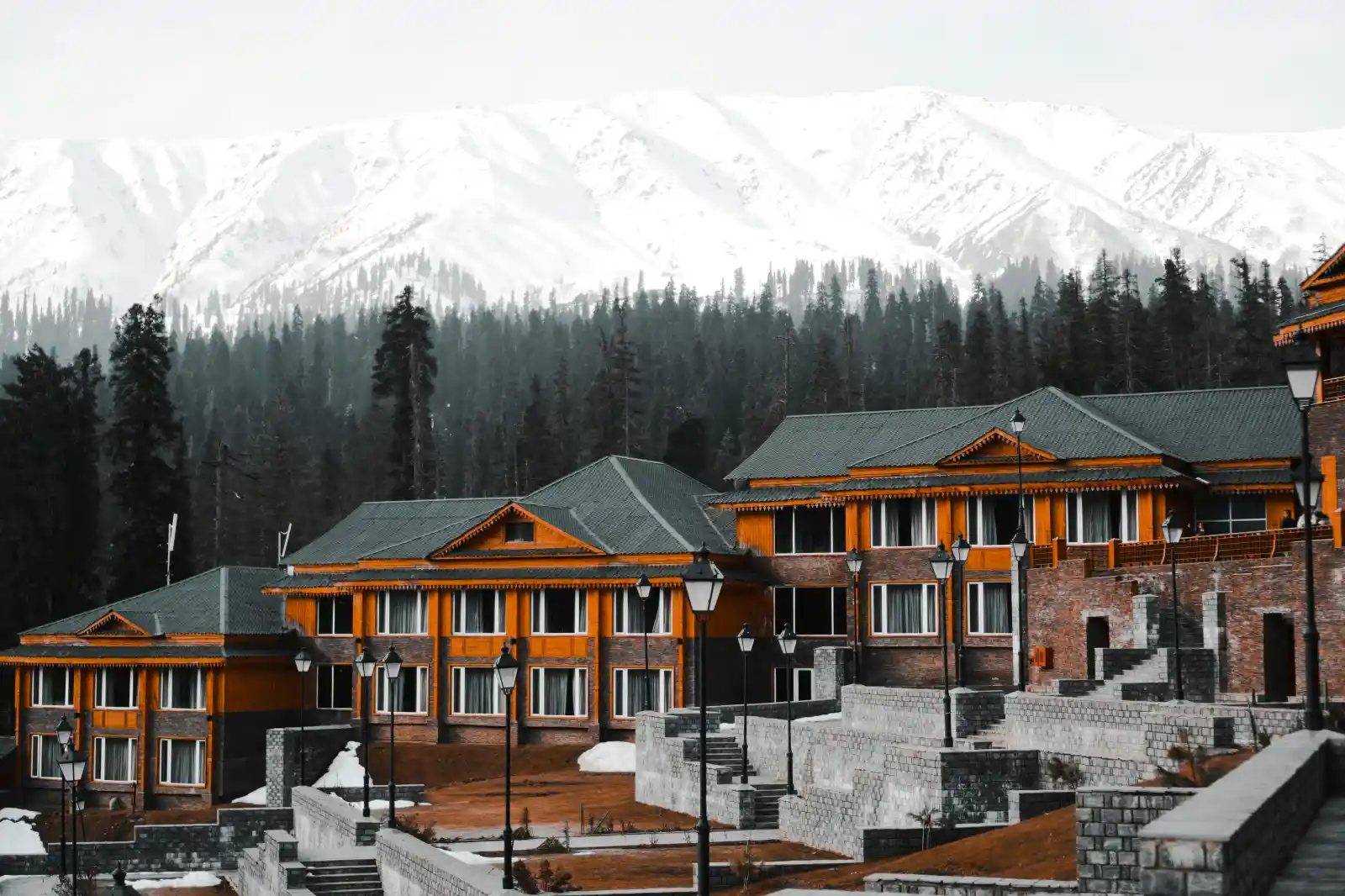

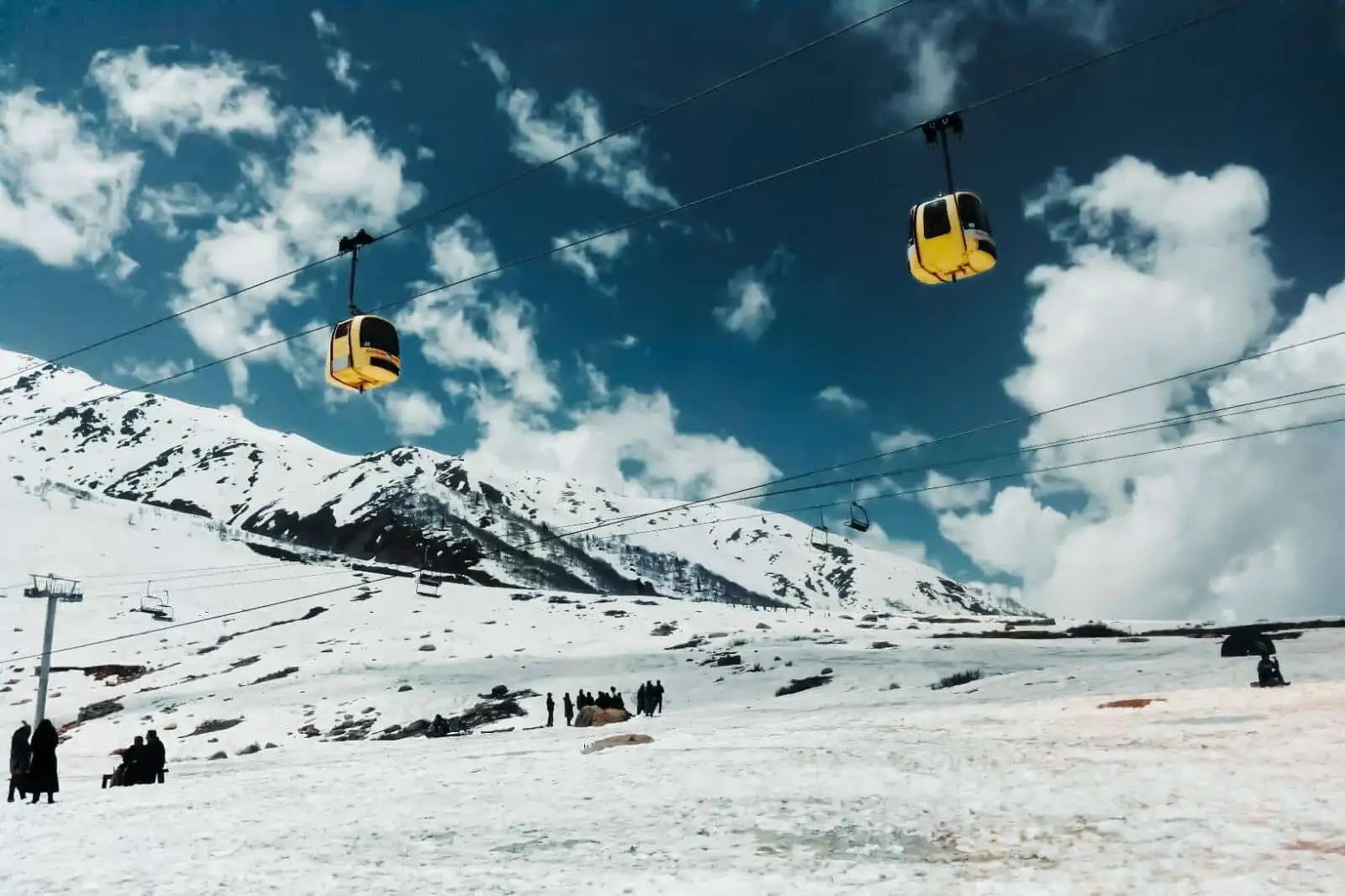

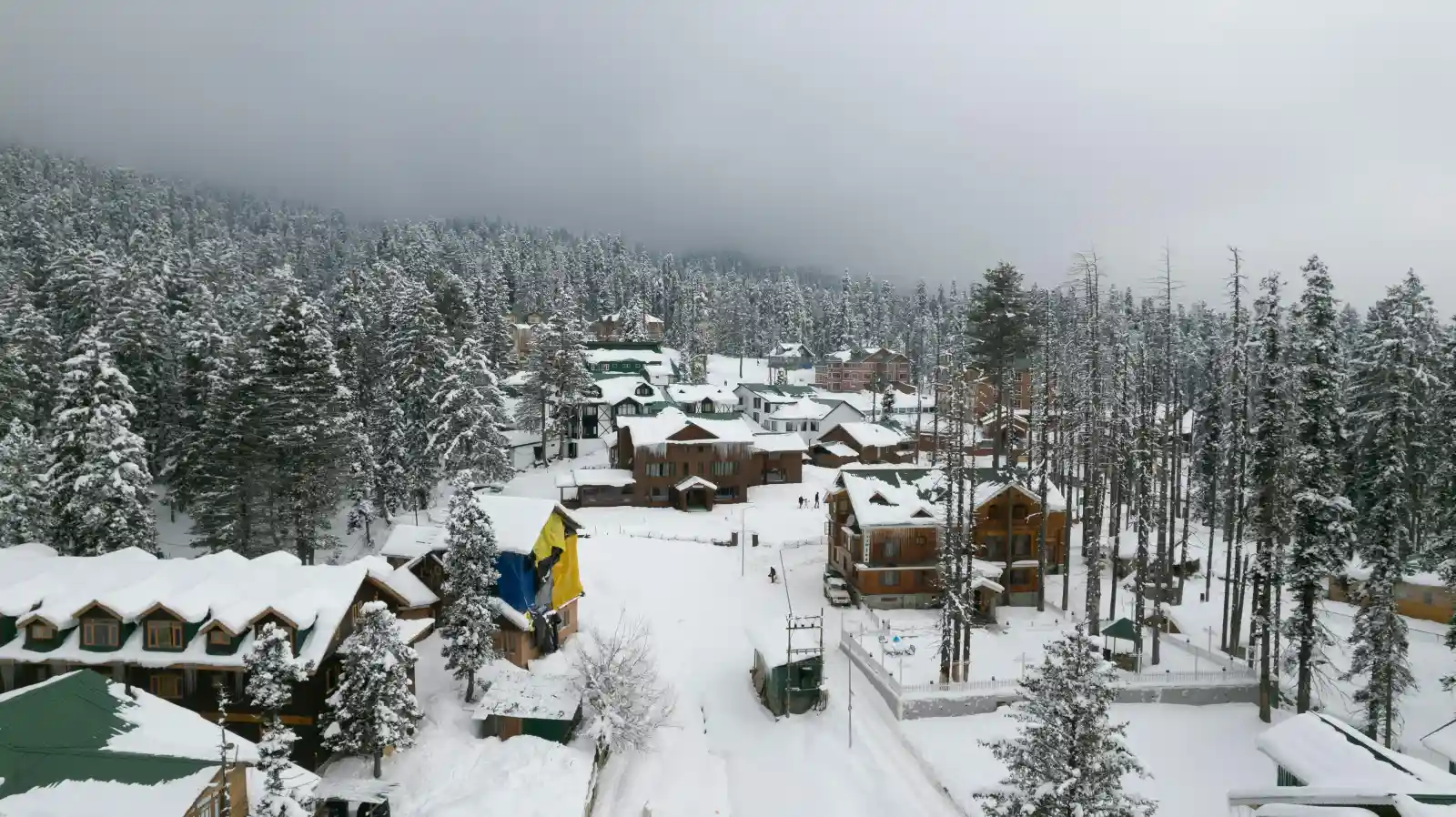
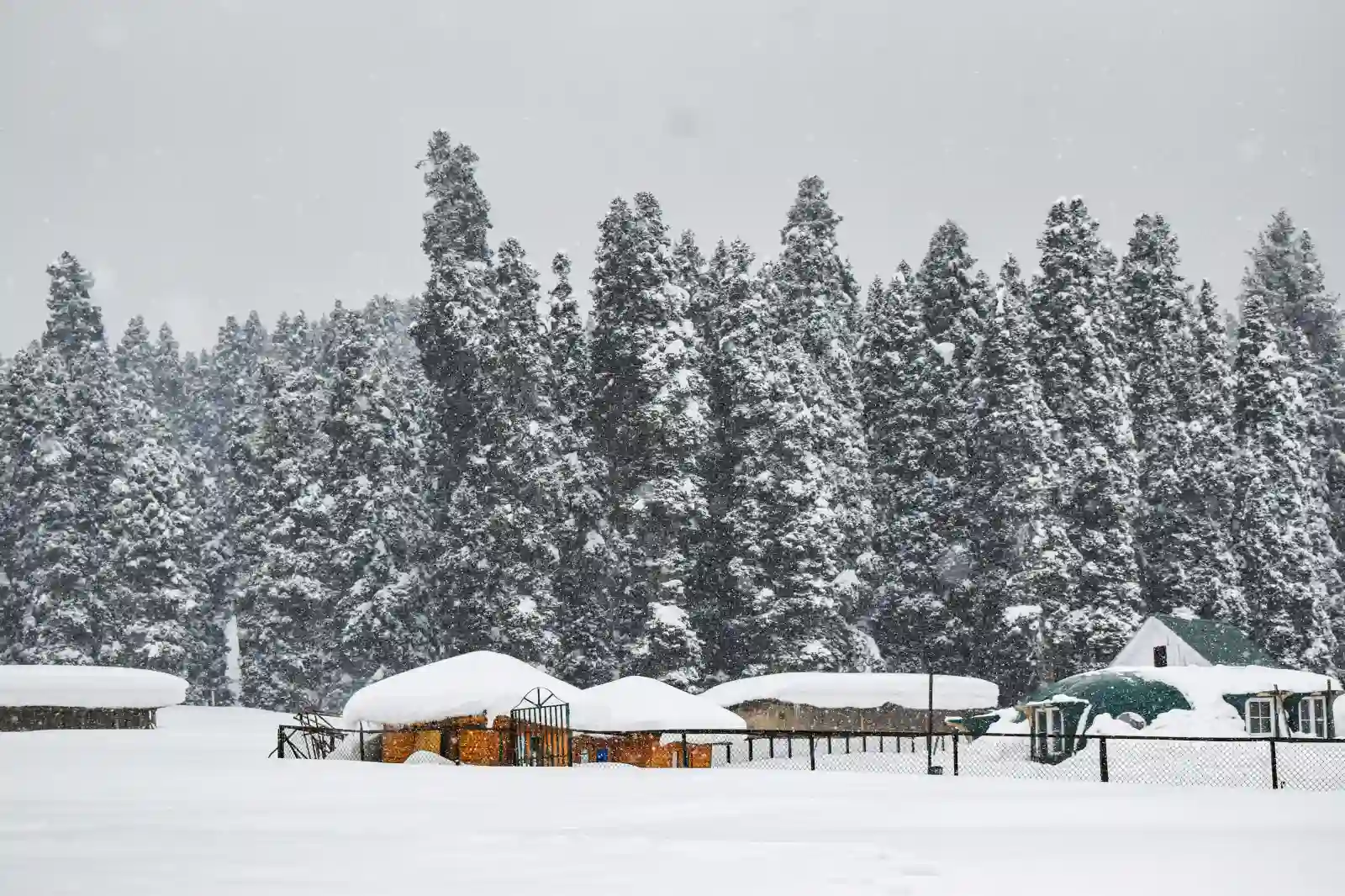
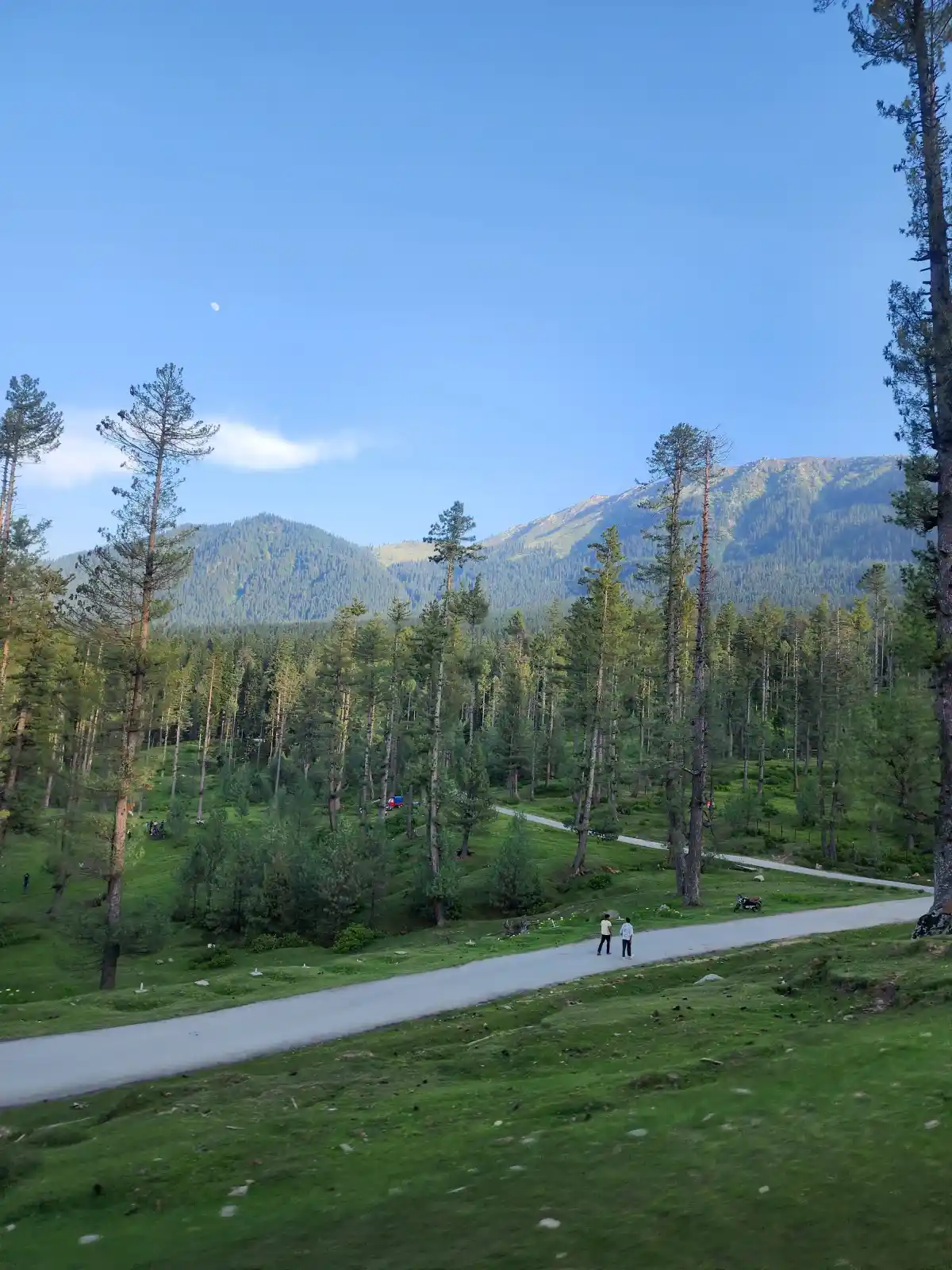
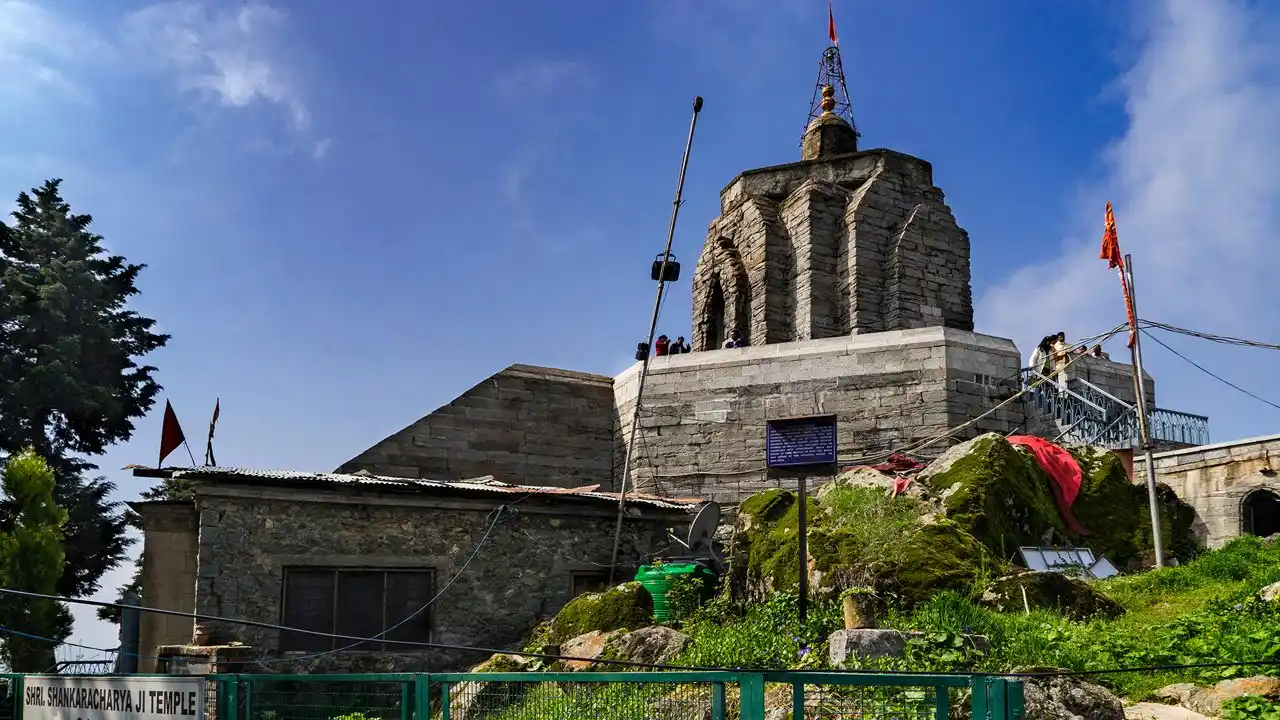
The Shankaracharya Temple stands in the southeastern part of Srinagar on Shankaracharya Hill in the Zabarwan range. Its position offers commanding views across Dal Lake, the Jhelum River, and towards the Pir Panjal mountains. The location is both spiritually elevating and visually unforgettable.
From the city center or Boulevard Road near Gagribal, the approach road leads to the base of the hill. Visitors then ascend approximately 243 well-laid stone steps with 23 landings to reach the sanctum. The nearest airport is Srinagar International Airport (roughly 11–20 km depending on route), connecting Kashmir with major Indian cities via scheduled flights. Local taxis, cabs, and autos are readily available for the short road journey.
For first-time planners researching their route into the valley, an overview of How to Reach Kashmir can help design a smooth travel plan that includes the temple without rushing.
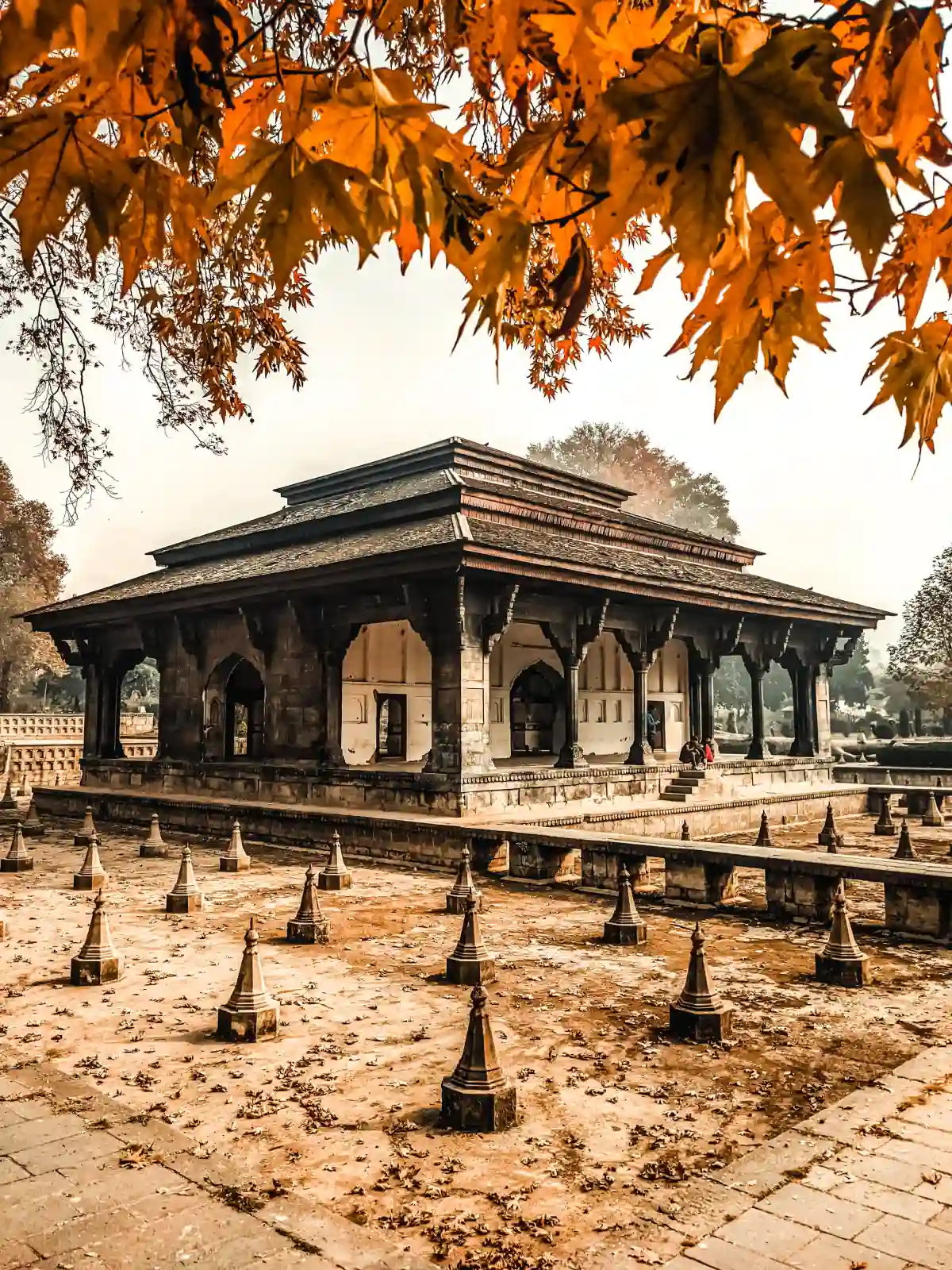
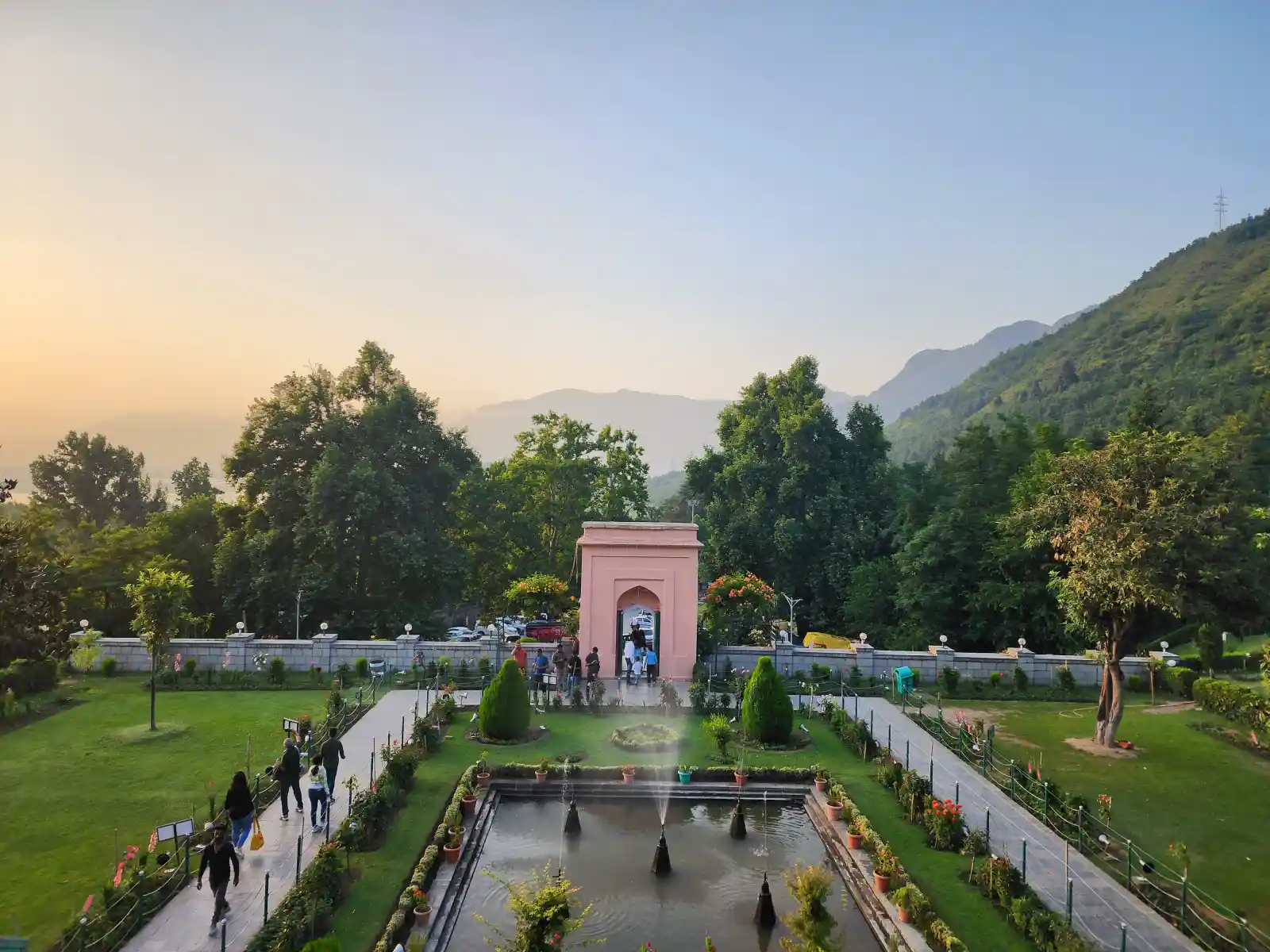
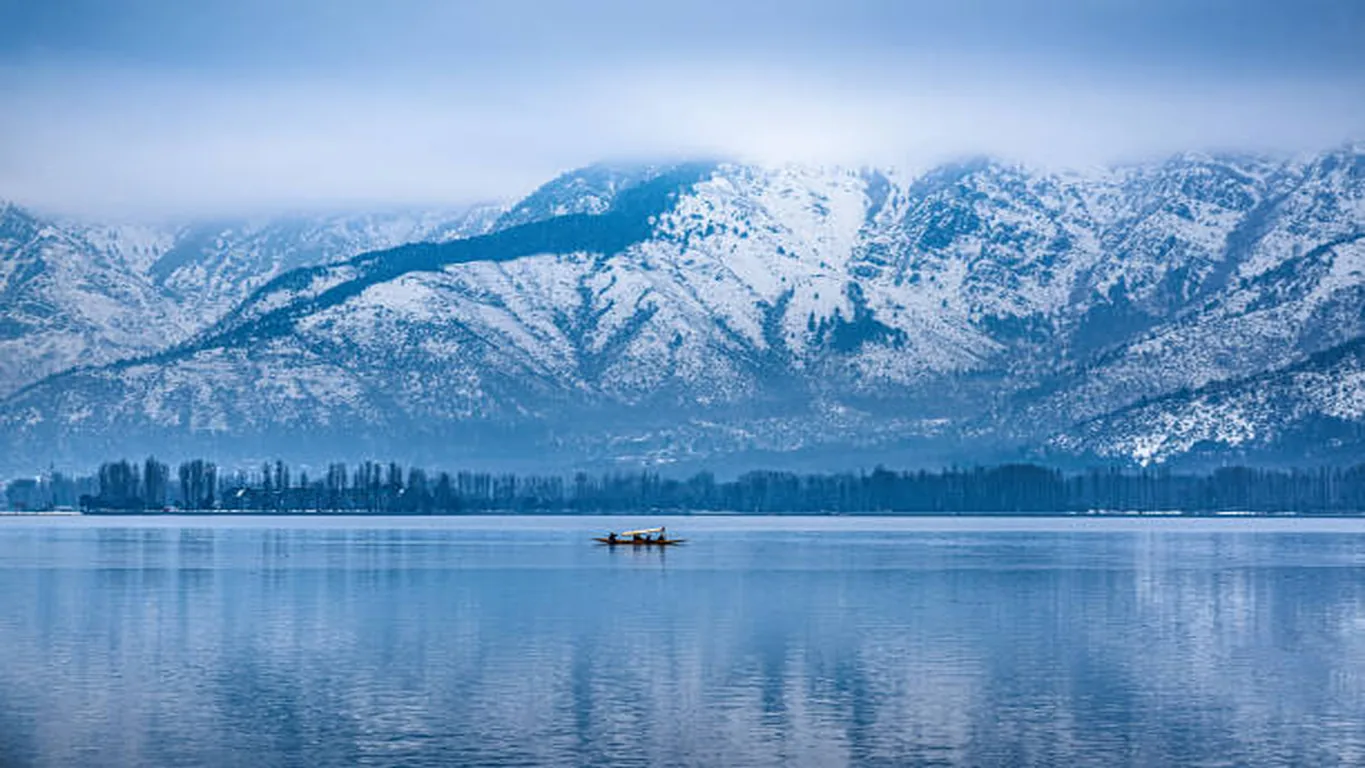
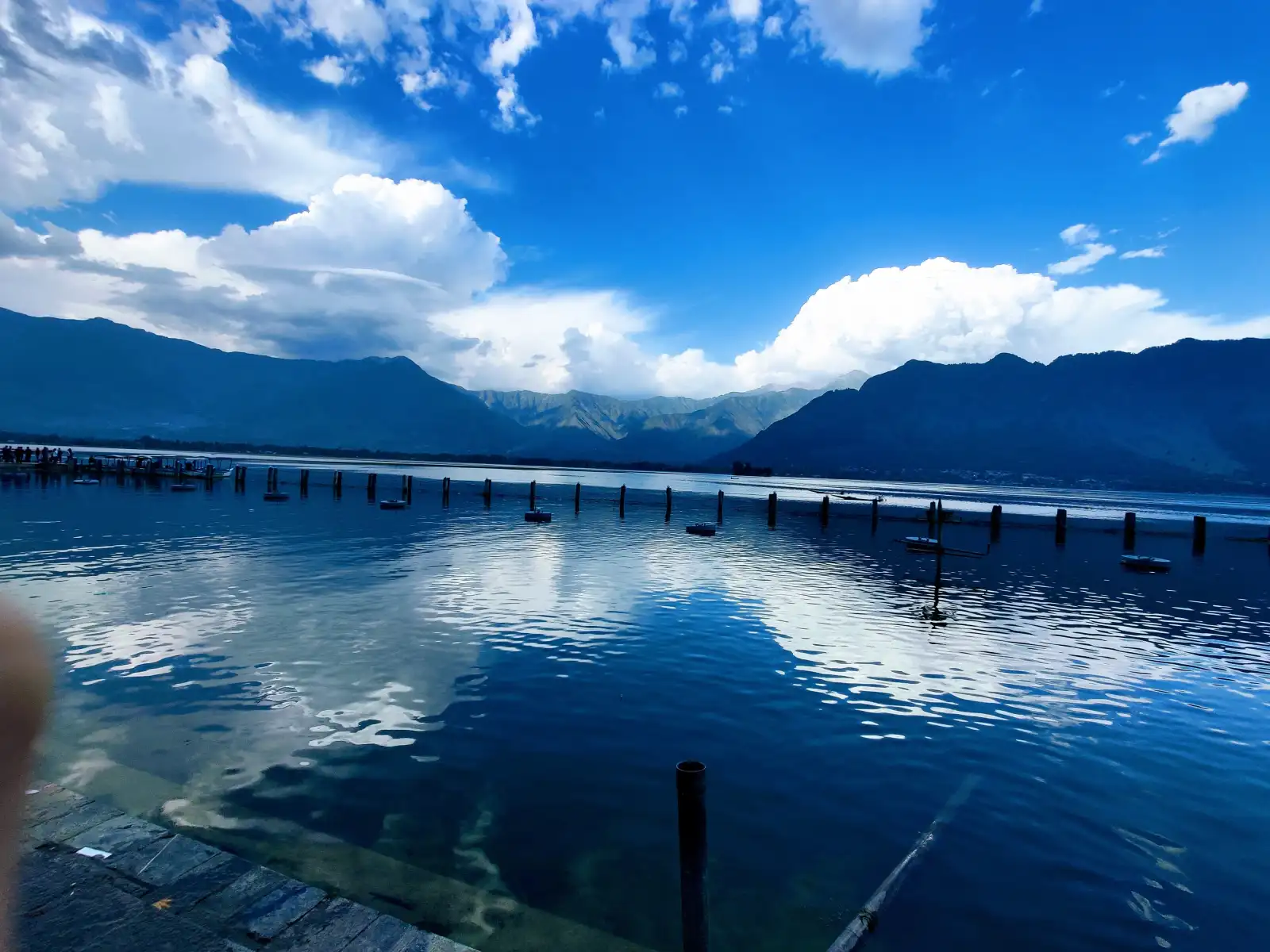
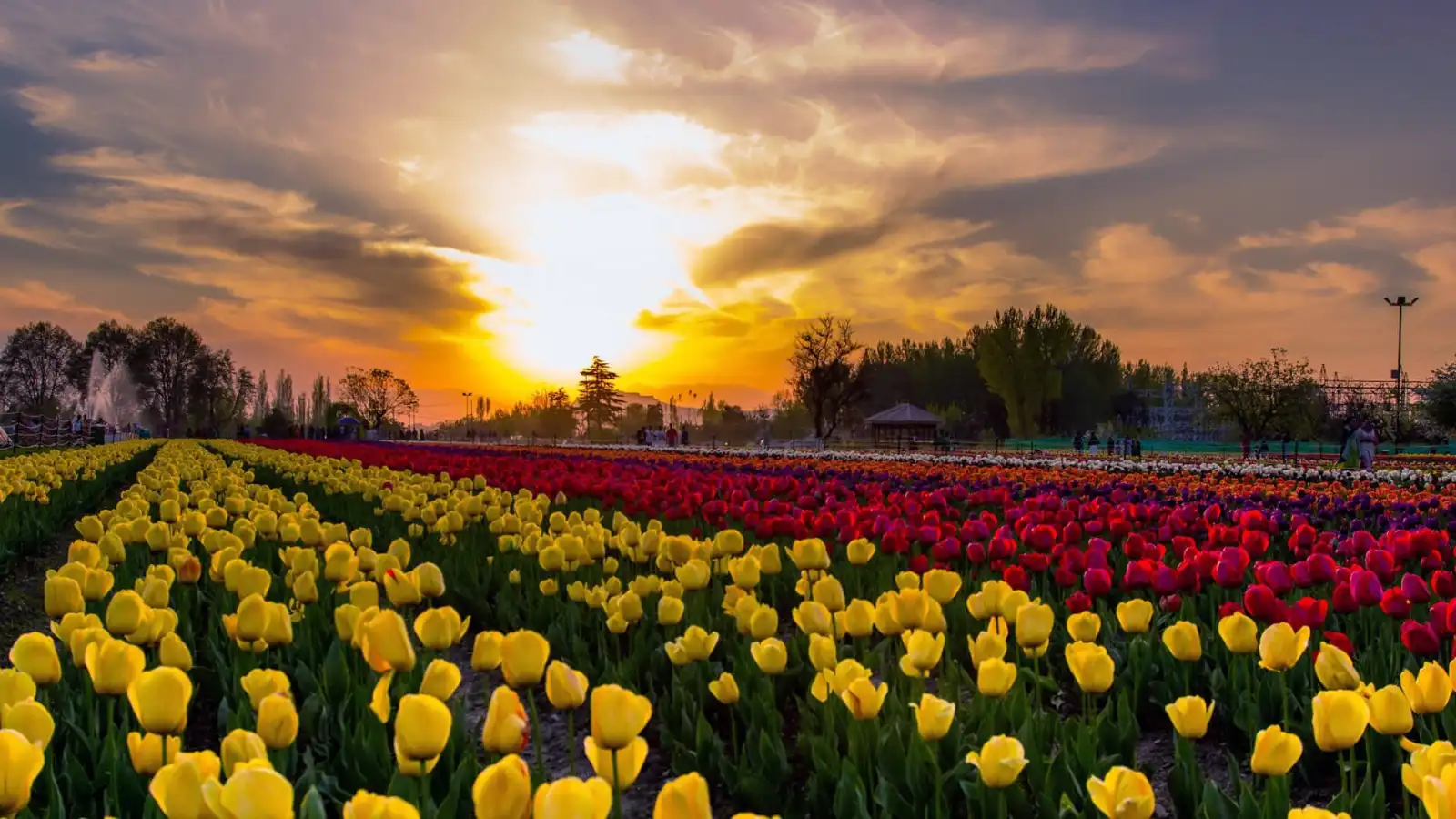
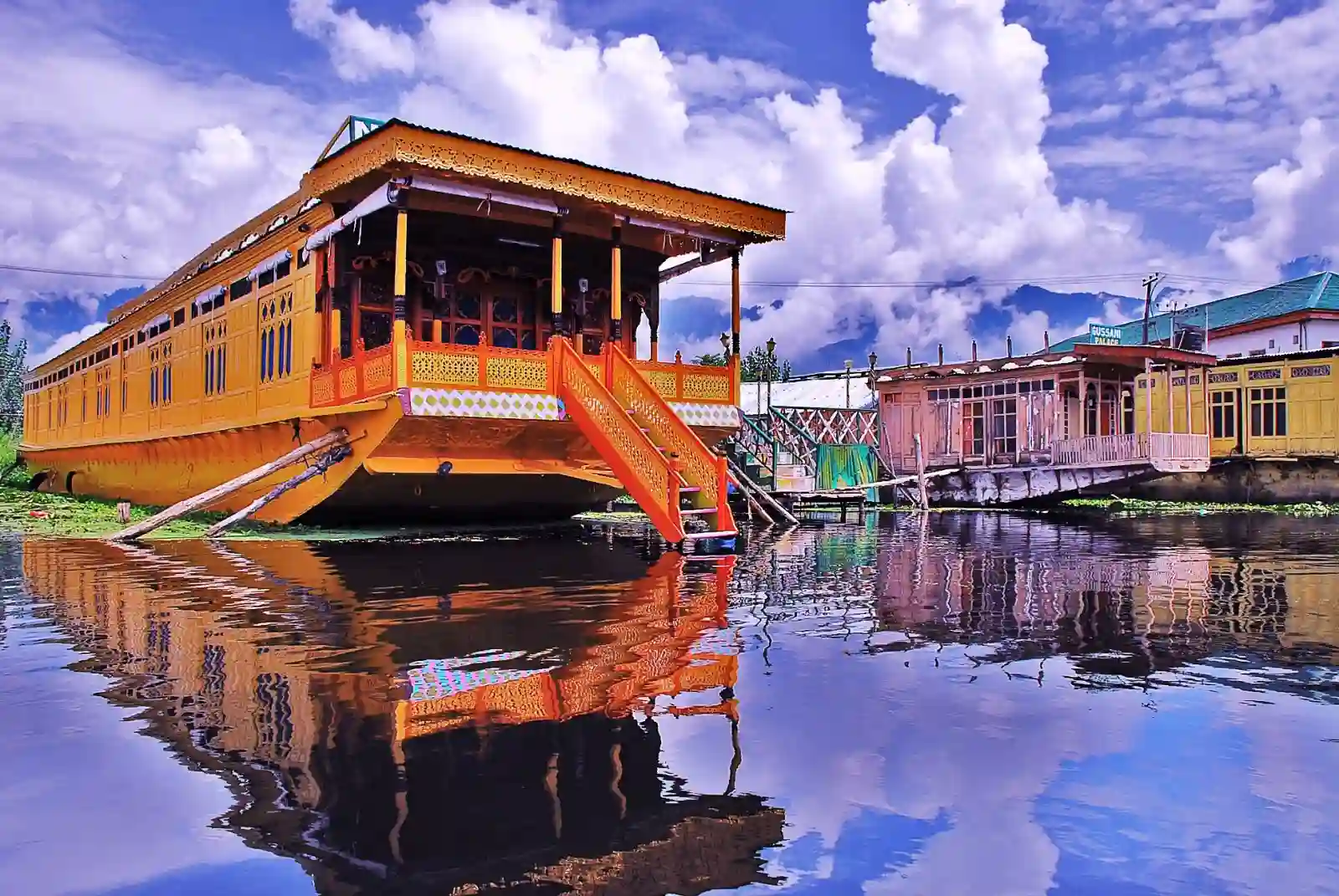
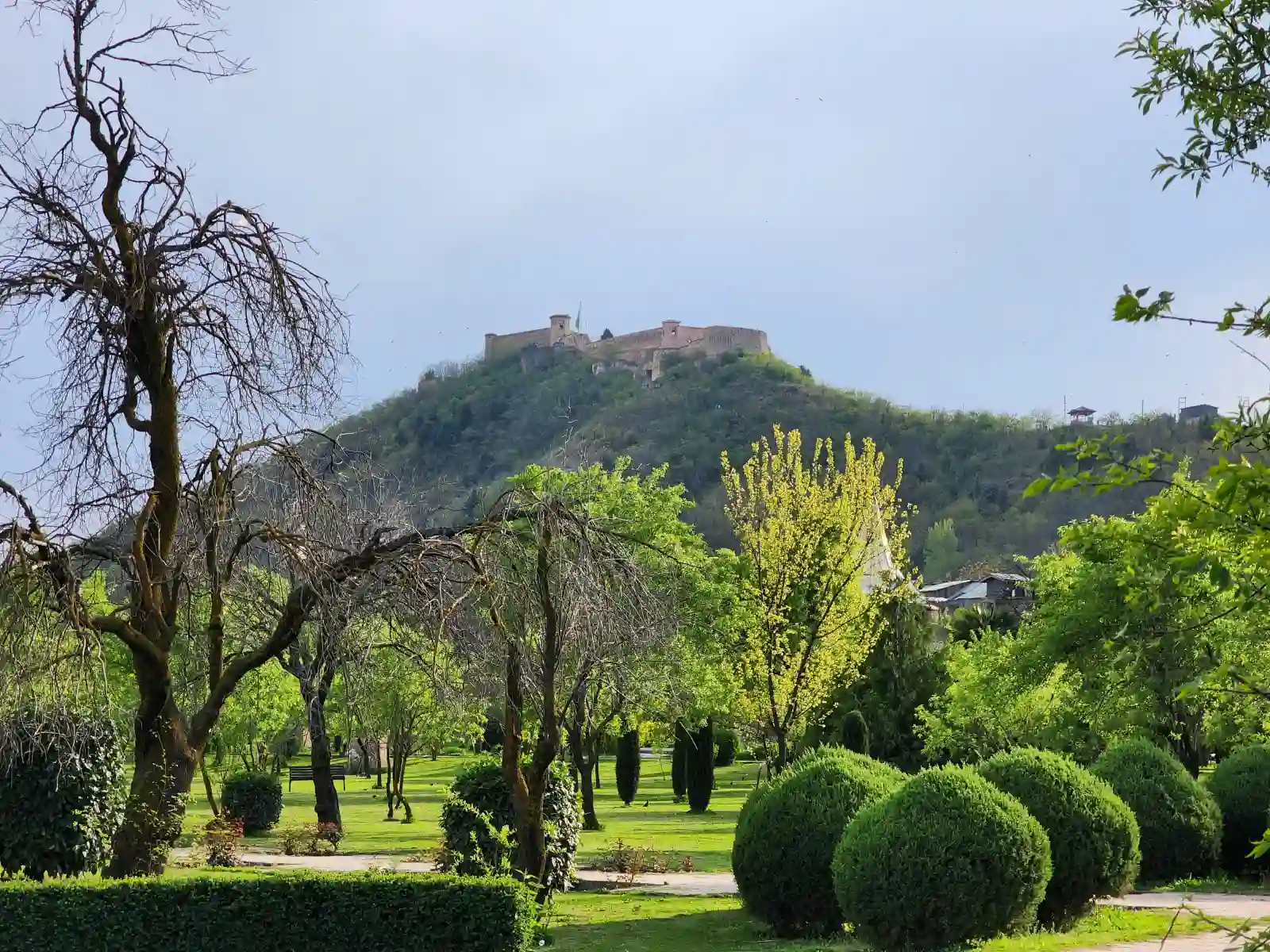
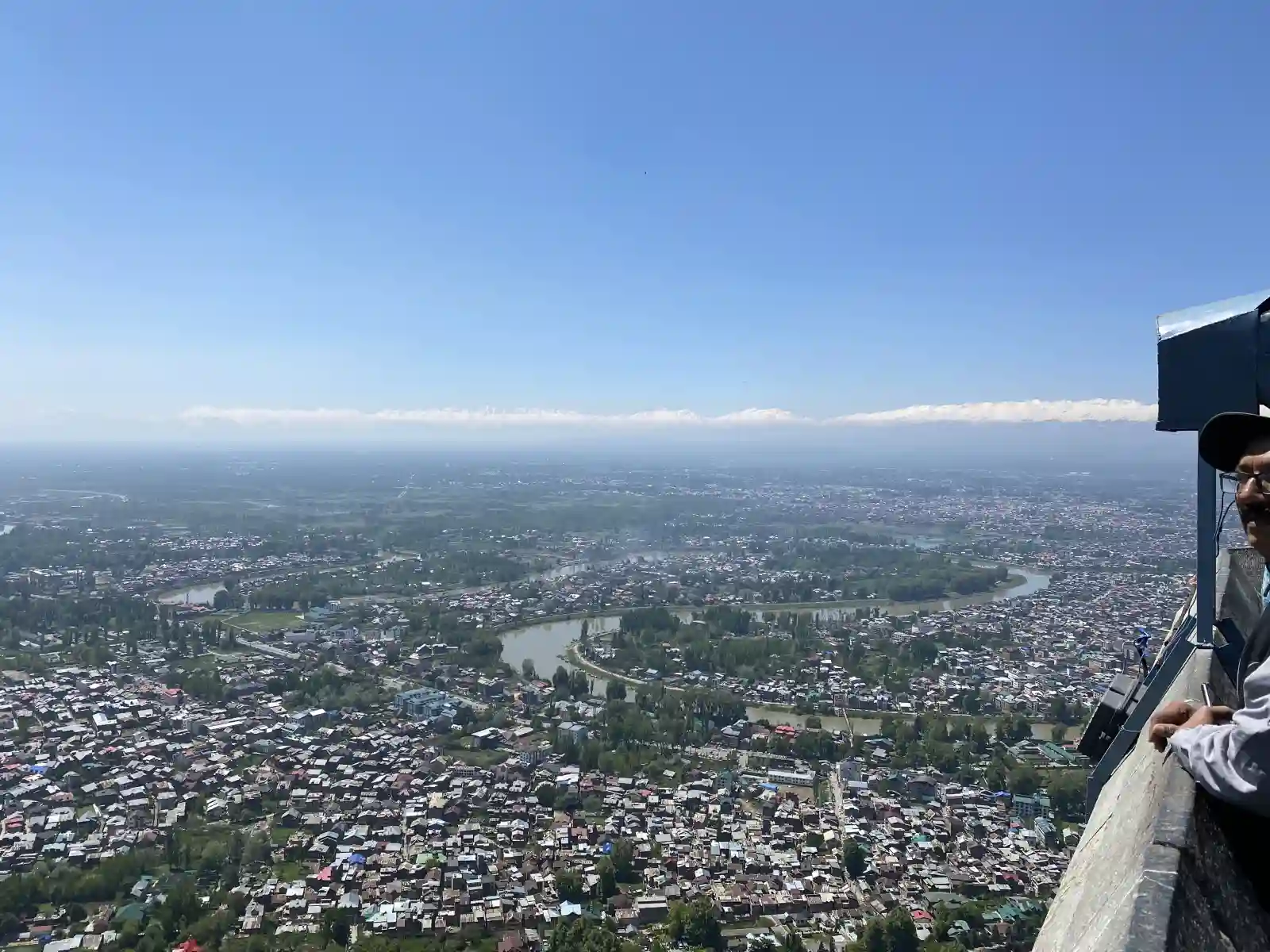
Shankaracharya Temple is a fine example of ancient Kashmiri stone architecture, where simplicity and solidity meet sacred proportion. Every feature — from the rock base to the circular sanctum — contributes to an experience that is both aesthetic and devotional.
The shrine rises on an approximately 20-foot-tall octagonal base hewn from rock. Above this rests a square sanctum, framed by a broad terrace that allows devotees to circumambulate and pause for contemplation. The interlocking stonework and clean lines reflect traditional Kashmiri craftsmanship and an enduring architectural vision.
Inside, the garbhagriha (sanctum) is circular and supported by octagonal pillars. The sacred Shiva Lingam rests within a stone basin. Subtle carvings, including a snake motif encircling the Lingam, enrich the devotional atmosphere while remaining in harmony with the temple’s restrained, ancient aesthetic.
From the terrace, one can take in a 360-degree sweep: the mirrored surfaces of Dal Lake below, the symmetrical Mughal gardens on its shores, the city’s neighborhoods and bridges, and the distant snowy crests of the Pir Panjal. Clear mornings and dusky evenings are especially spellbinding.
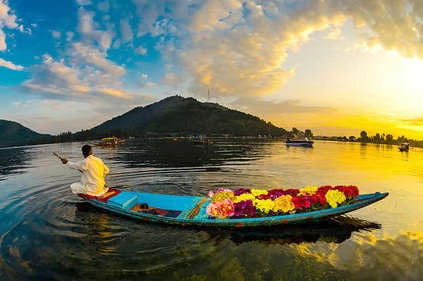
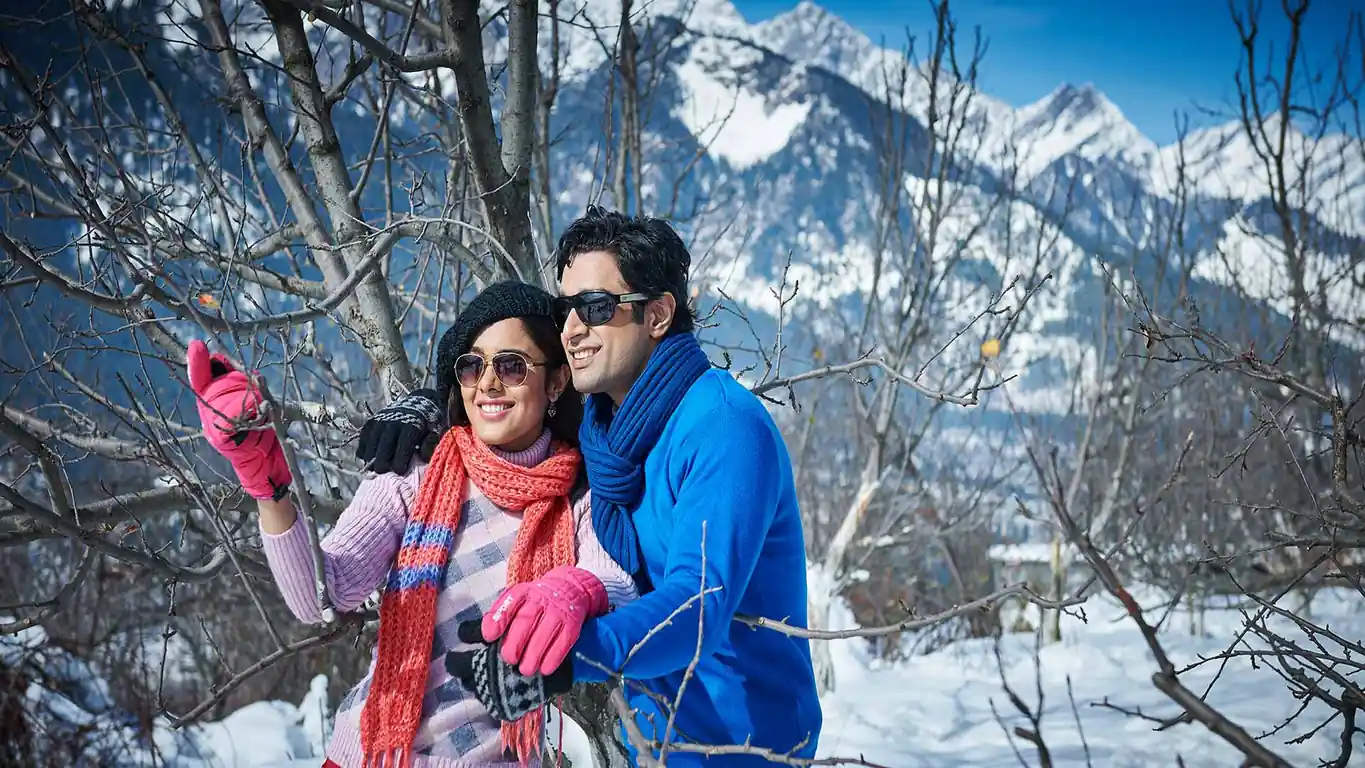
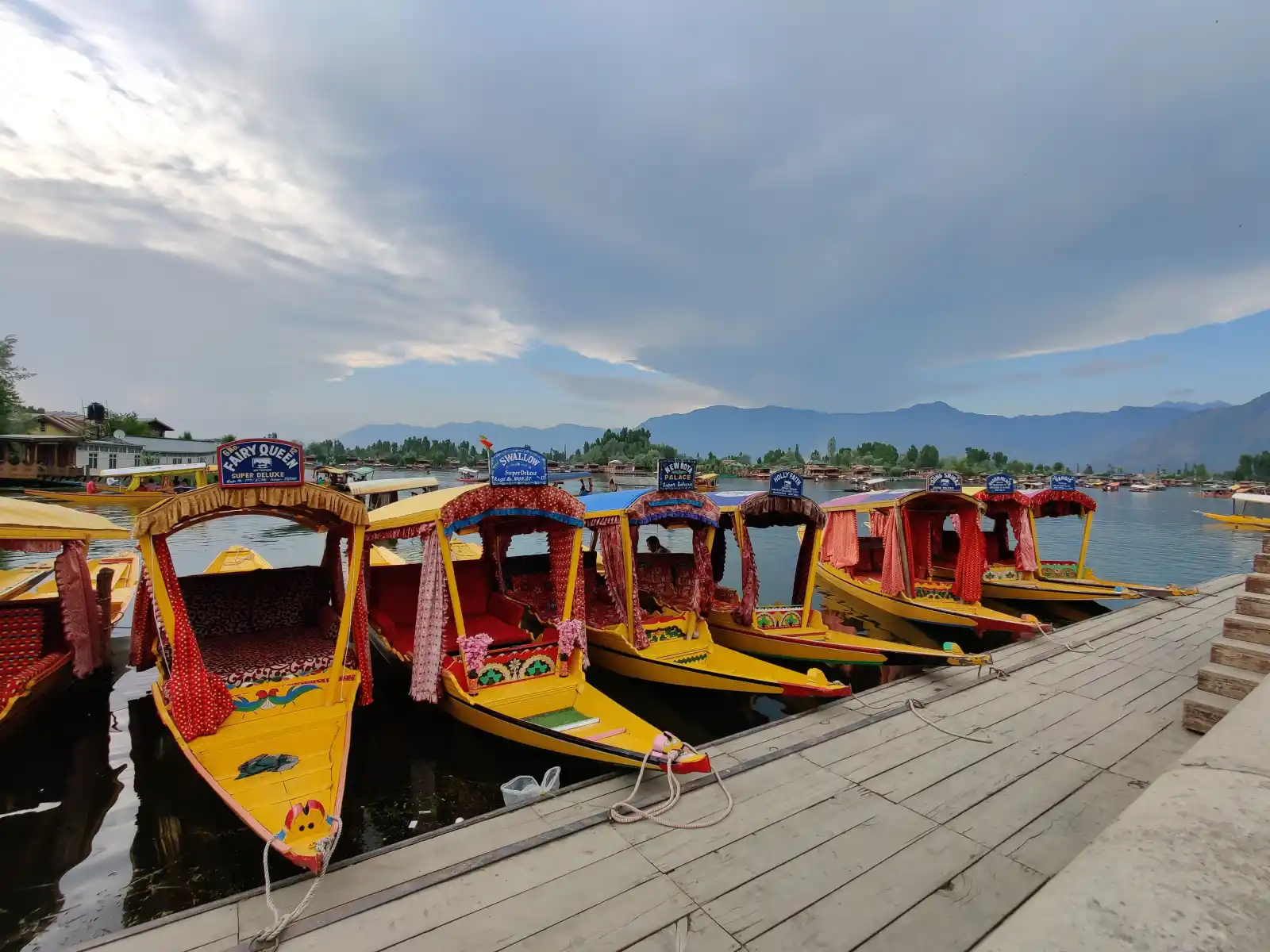


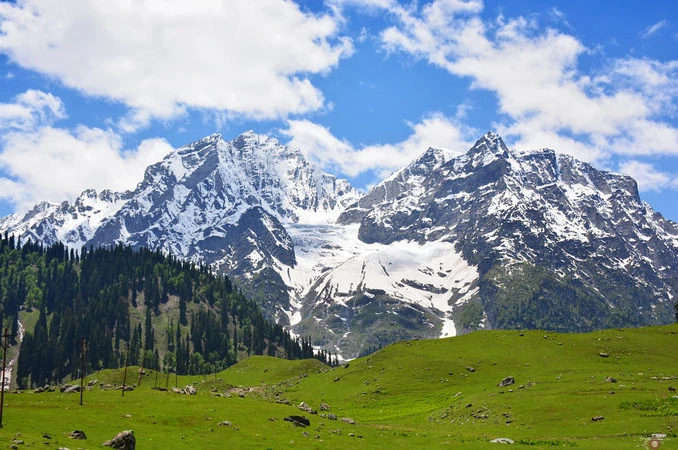

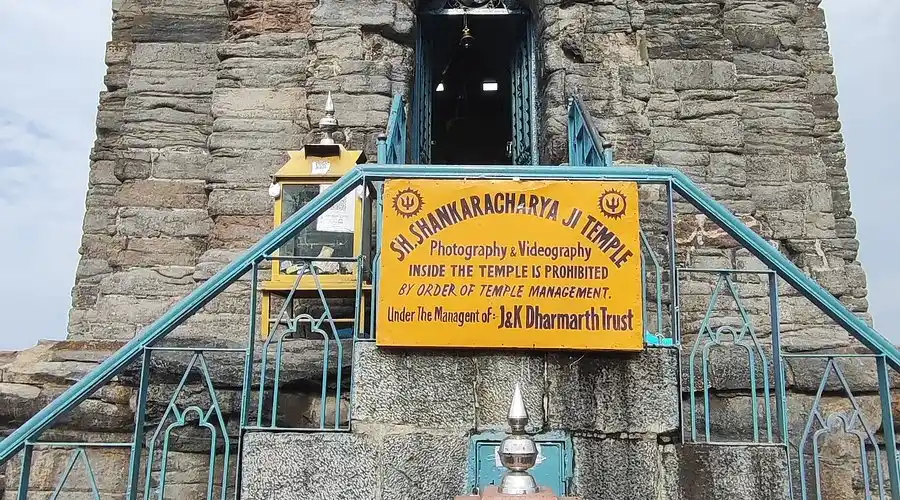
Beyond stone and steps, it is faith that animates Shankaracharya Temple. Devotion to Lord Shiva, the meditative association with Adi Shankaracharya, and a rhythm of festivals and pilgrimages sustain the site as a vibrant center of worship and culture.
Known as Jyeshteshwara, the presiding deity is revered by Kashmiri Hindus and by visitors from across India. The calm sanctum invites silent prayer, while the hilltop setting turns each visit into a soulful ascent.
Adi Shankaracharya’s association heightens the temple’s spiritual resonance. Pilgrims come seeking clarity, comfort, and the stillness that often accompanies high places of worship, returning with a renewed sense of purpose.
Maha Shivaratri, locally celebrated as Herath, brings special fervor to the shrine as devotees offer prayers and perform rituals. Many pilgrims also seek blessings here before or after journeys connected with the high Himalaya, including those planned through Amarnath Yatra Packages.
Travelers building thematic itineraries across sacred sites in the valley often explore options such as Kashmir Pilgrimage Tour Packages, which naturally include a serene stop at this temple.
Kashmir’s cultural story reflects layers of Hindu, Buddhist, and Persian influences, and the Shankaracharya Hill has witnessed much of that history. The temple’s continuity through different eras is a quiet reminder of the region’s capacity for faith and renewal.



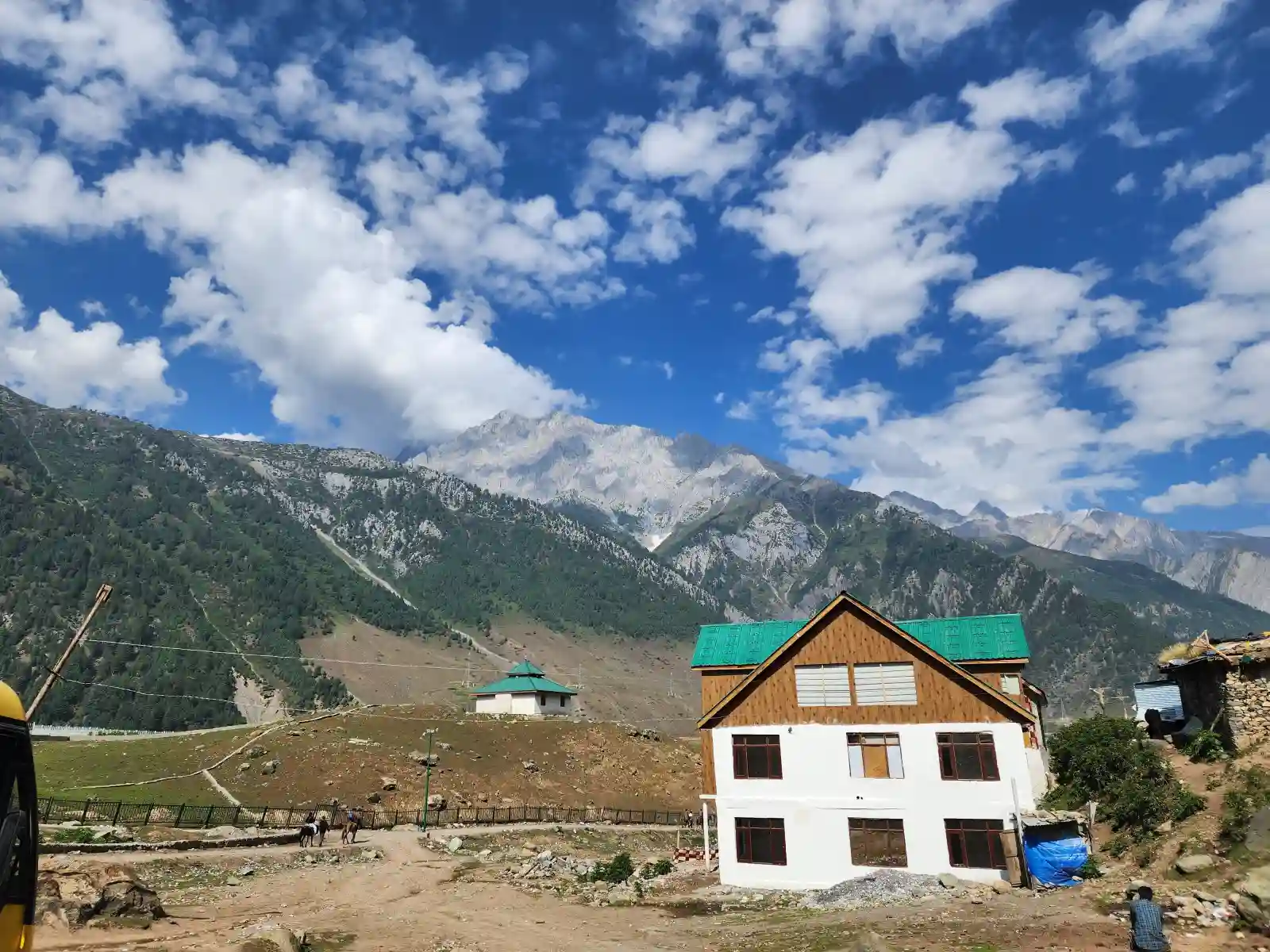
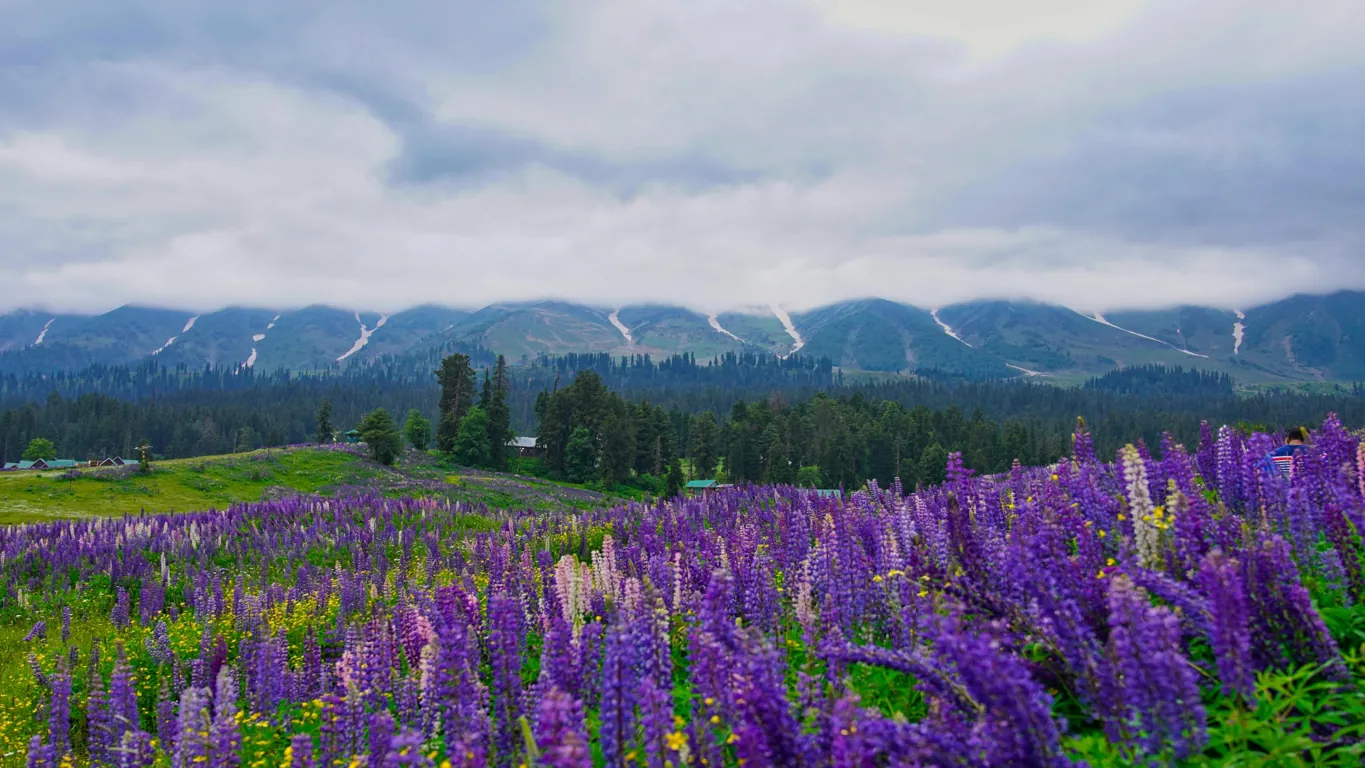
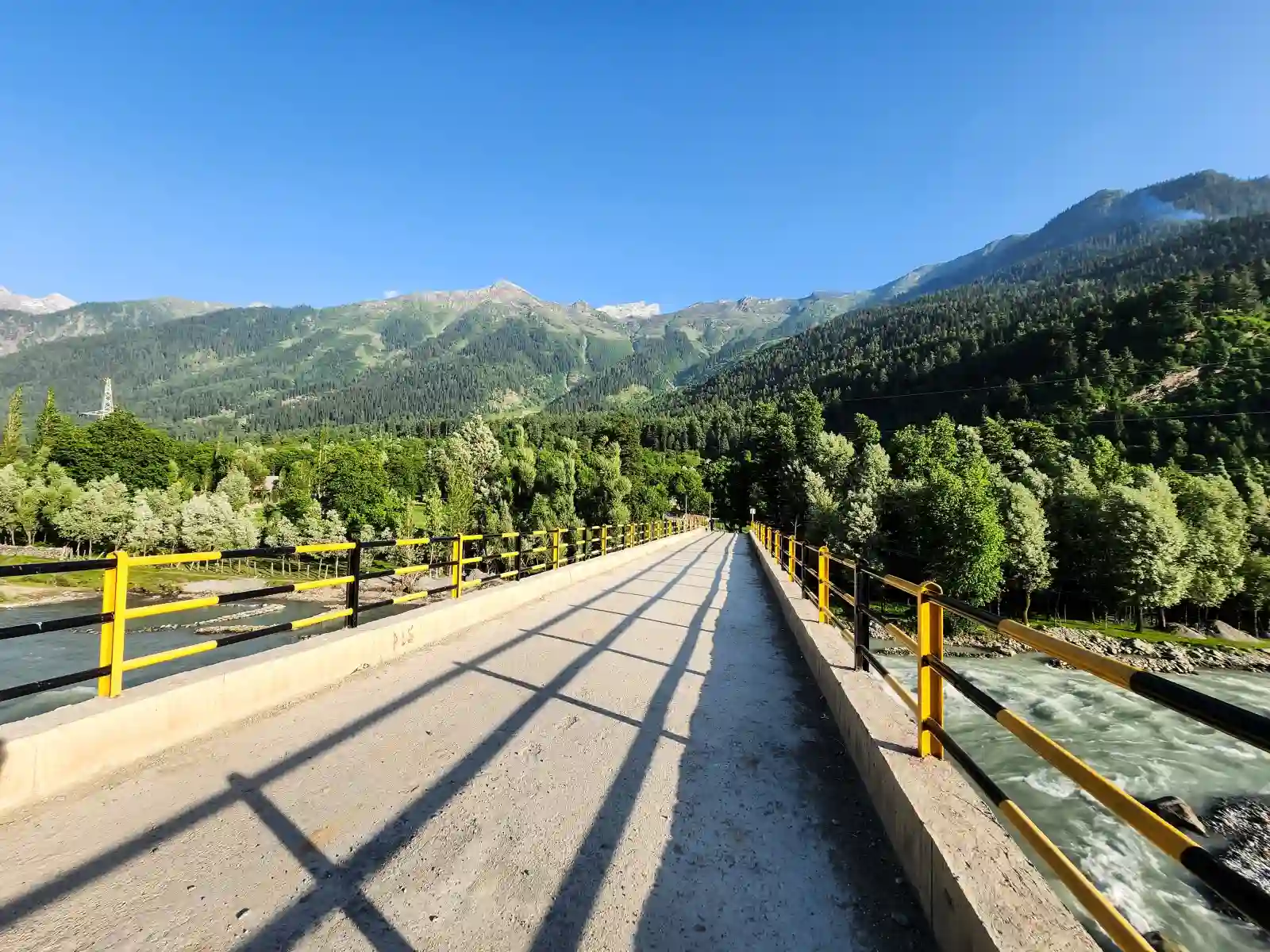

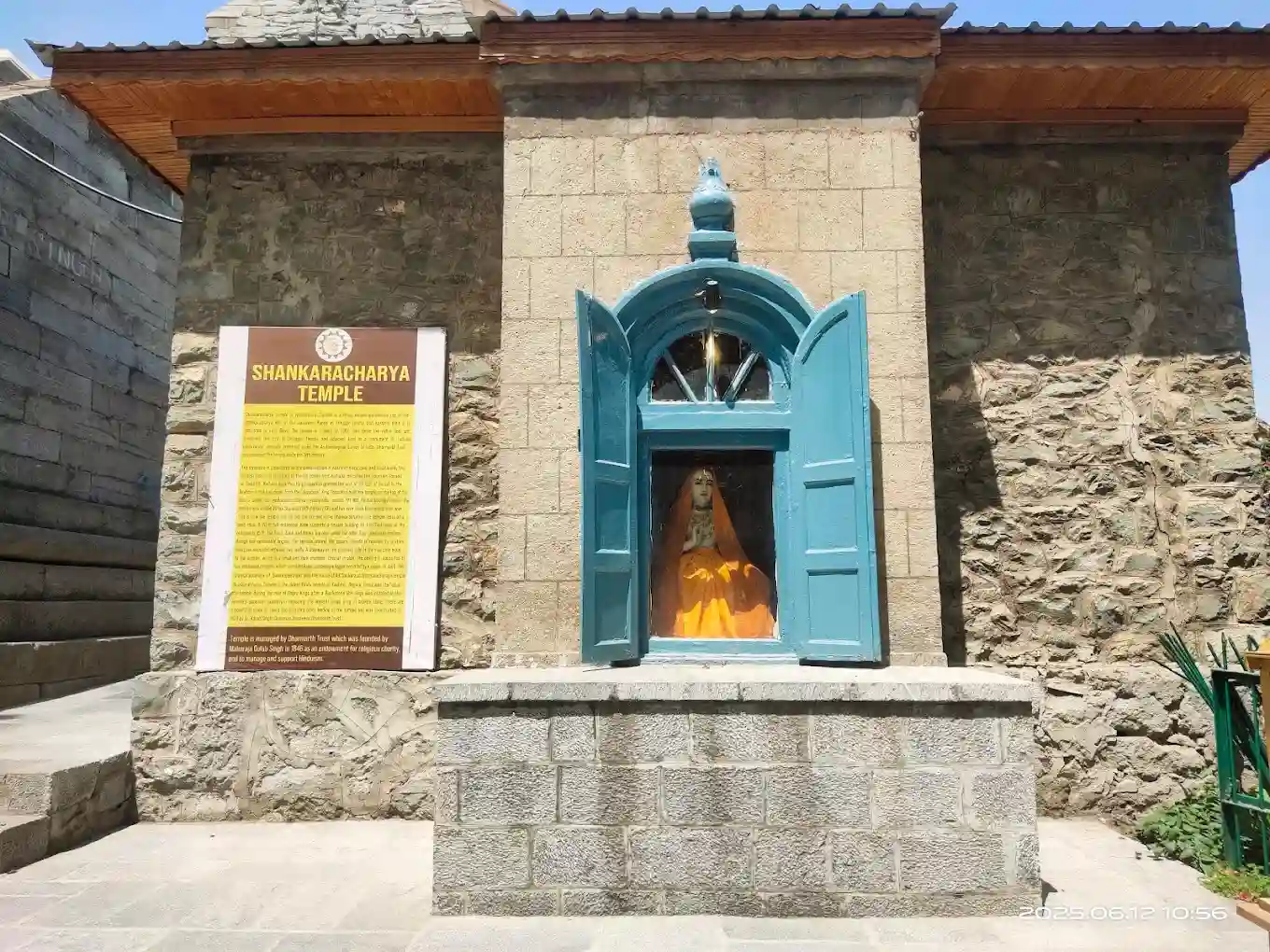
Good planning helps you experience the shrine at its tranquil best. Consider the weather, timing, and simple on-site norms to make your visit comfortable and respectful.
While the temple is accessible year-round (subject to weather and security advisories), the most comfortable months are from April to October. Skies are clearer, temperatures are pleasant, and the views over Srinagar and Dal Lake are at their most photogenic. If you are designing a seasonal itinerary, reading up on the Best time to Visit Kashmir is helpful before finalizing dates.
For broader trip planning across the valley (beyond the temple), concise guidance under Kashmir Travel Tips can help you pack, pace, and prioritize effectively.
The temple visit blends naturally with nearby sights and experiences that showcase Srinagar’s beauty and heritage. Many travelers plan a gentle circuit around the lake and gardens after their hilltop darshan.
Enjoy the sweeping lookouts from the terrace, then descend for a lakeside stroll. The transition from lofty silence to the soft bustle of the Boulevard is part of the charm of a Srinagar morning.
After visiting the temple, many travelers unwind with a shikara ride on Dal Lake, drifting by floating gardens and houseboats as the mountains glow in changing light. If you’re curating a fuller city plan, inspiration from the Best Places to Visit in Kashmir can help structure a relaxed, balanced day.
The ascent to the temple itself is a rewarding walk. Around the region, seasonal options range from laid-back nature strolls to more spirited pursuits. Those seeking a bit more thrill often explore winter skiing in Gulmarg, river rafting in Pahalgam, or paragliding when conditions allow—excellent additions to itineraries focused on adventure activities in Kashmir.
To round out your list of experiences, browse ideas under Things to do in Kashmir, which can include cultural walks, craft visits, and seasonal excursions.
Srinagar offers accommodations that complement the temple’s tranquility—houseboats with sunrise views, boutique hotels near the gardens, and family stays close to the Boulevard. Shortlisting options in Hotels in Srinagar before arrival helps you balance convenience, budget, and neighborhood ambiance.
Many visitors pair Shankaracharya Temple with other sacred journeys. If you are combining destinations across Jammu and Kashmir, consider itineraries that include Kashmir Vaishno Devi Tour Packages, so your spiritual circuit remains smooth and well-paced.
Kashmir’s seasons shape both the look of the landscapes and the rhythm of travel. Spring unfurls blossoms and soft greens; summer brings warm days and vivid lake scenes; autumn burnishes the chinars; winter covers slopes and meadows in snow. Aligning your temple visit with your preferred season enhances the experience, whether you seek crisp mountain air or sunlit gardens.
Travelers often weave the temple into longer, theme-based routes—heritage and gardens around Srinagar, mountain retreats to Gulmarg and Pahalgam, or high-altitude pilgrimages timed with the short weather windows in the Himalaya. If your focus is faith-centered, thoughtfully paced circuits planned via Kashmir Pilgrimage Tour Packages keep logistics simple while preserving unhurried time for worship.
Simple preparation goes a long way. Keep your schedule flexible, respect on-site norms, and leave space for quiet moments on the terrace—that’s often when the valley’s beauty sinks in fully.
For broader preparation beyond the temple visit, scan through concise, experience-led Kashmir Travel Tips to fine-tune packing, timing, and route choices.
Shankaracharya Temple works beautifully as the contemplative start or serene finale to your Srinagar stay. Many travelers plan a dawn visit followed by lakeside breakfast, or an evening ascent that blends a tranquil darshan with the soft glow of the city below. If your journey includes high-mountain worship or glacier caves, harmonize your schedule with dedicated resources like Amarnath Yatra Packages, which factor in permits, weather windows, and acclimatization.
The Shankaracharya Temple is more than a destination; it is a living sanctuary where history, devotion, and nature meet. Its antiquity reaches back millennia, its architecture balances strength with grace, and its hilltop perch offers a perspective that calms the mind and stirs the heart.
Whether you come as a pilgrim seeking blessings, a traveler drawn by heritage, or a nature lover chasing mountain light, the temple rewards you with silence, vistas, and a sense of continuity that lingers long after you descend the steps. Fold it into a leisurely Srinagar plan, or set it as the cornerstone of a wider valley journey—either way, it becomes a memory you’ll return to often.
As you sketch the rest of your route, consider spacing experiences so each has room to breathe: a garden afternoon here, a lake evening there, perhaps a day trip to the hills, and time for reflection at dawn or dusk. If you need ideas for sequencing and pacing, curated overviews like Best Places to Visit in Kashmir and inspiration for Things to do in Kashmir will help keep your plan both rich and restful.
Why is the Shankaracharya Temple famous?
The temple is renowned for its spiritual significance dedicated to Lord Shiva, its association with Adi Shankaracharya, and its stunning hilltop views of Srinagar and Dal Lake.
How many steps are there in the Shankaracharya Temple?
Visitors need to climb around 243 steps from the base to reach the sanctum of the temple.
Who built the Shankaracharya Temple in Srinagar?
It was originally built by King Gopaditya in the 3rd century BC and later renovated by several rulers, including Sultan Zain-ul-Abidin.
How much time does it take to visit the Shankaracharya Temple?
On average, a visit takes 1–2 hours including the climb, darshan, and enjoying the panoramic views.
Is the Shankaracharya Temple worth visiting?
Yes, it is a must-visit for its spiritual aura, historical importance, and breathtaking views of Srinagar and Dal Lake.
How old is the Shankaracharya Mandir?
The temple is over 2,000 years old, making it one of the oldest surviving Hindu shrines in the Kashmir Valley.